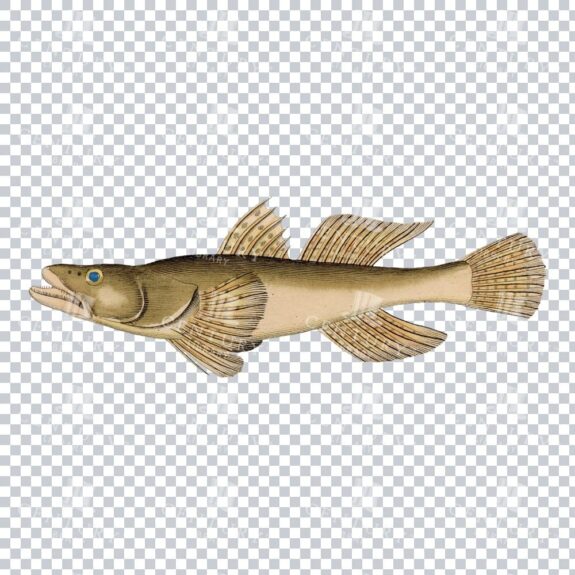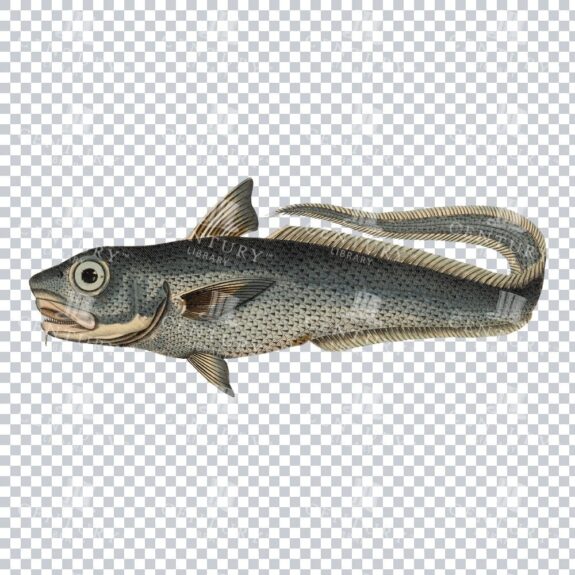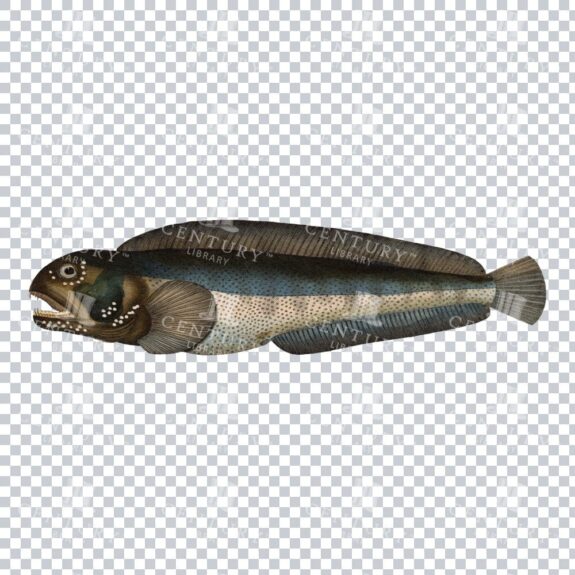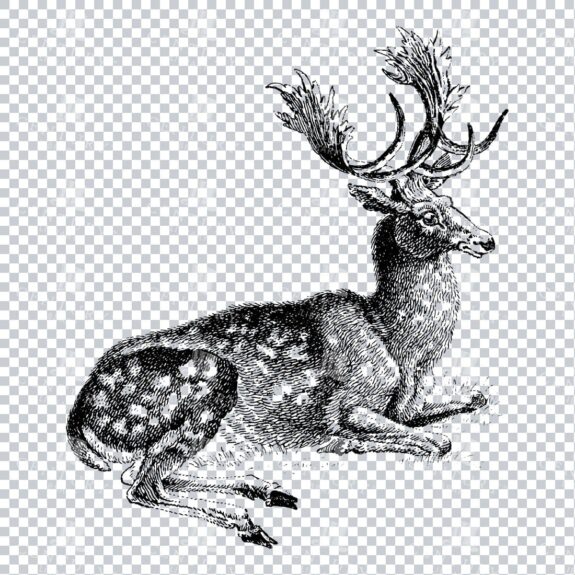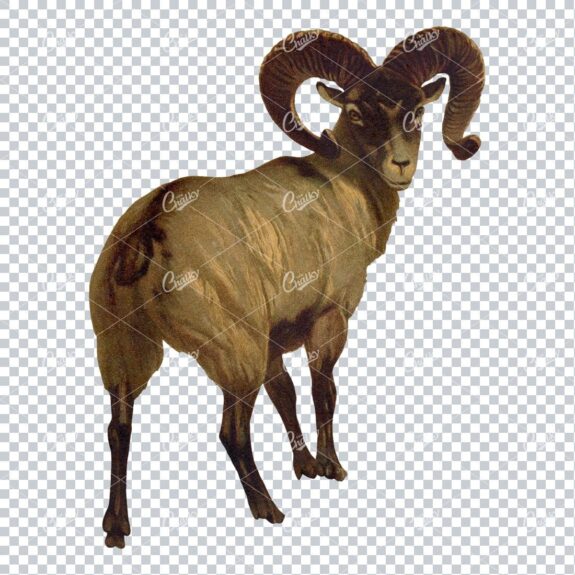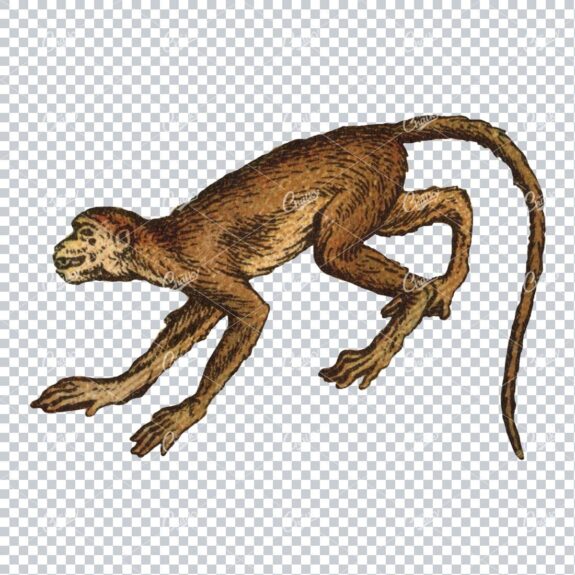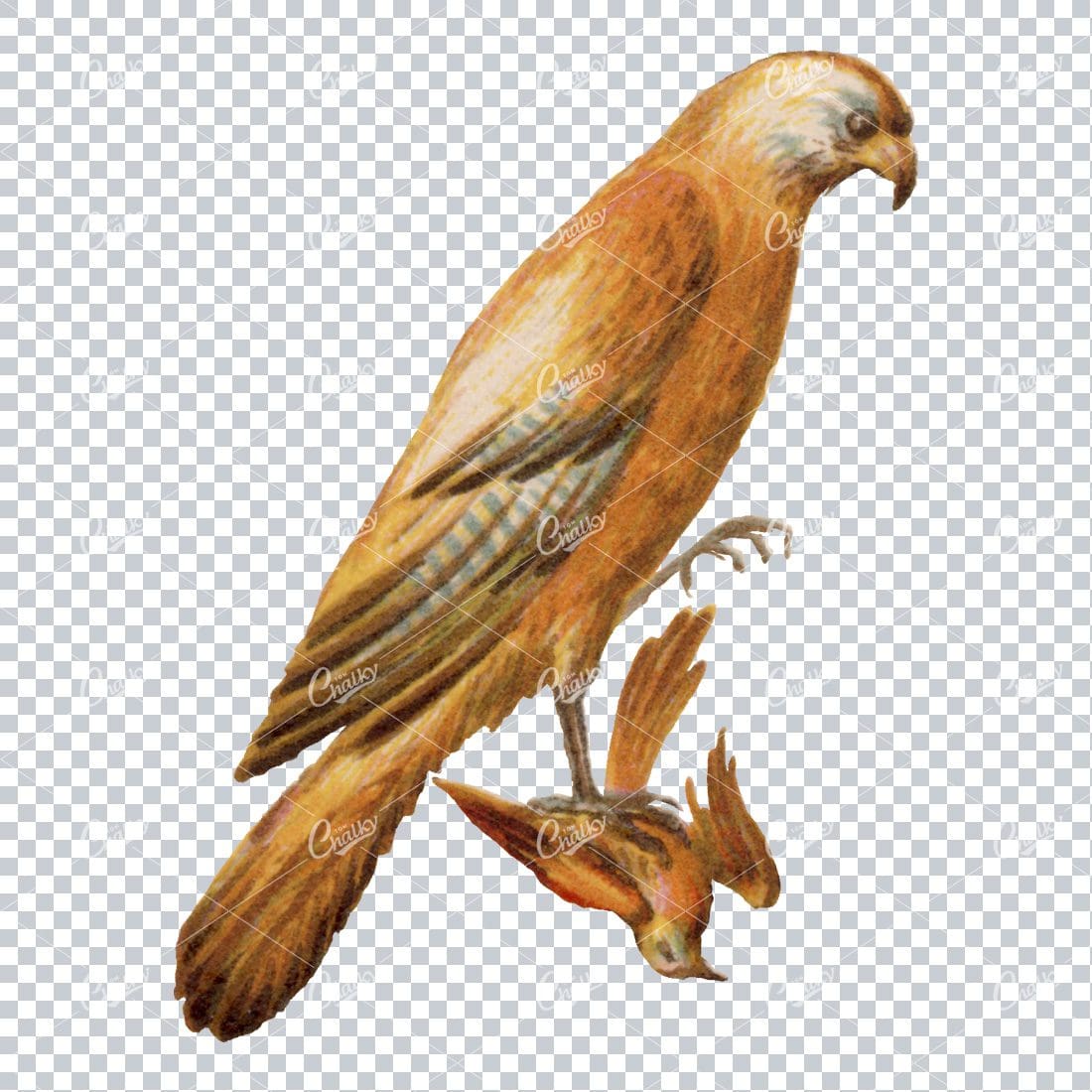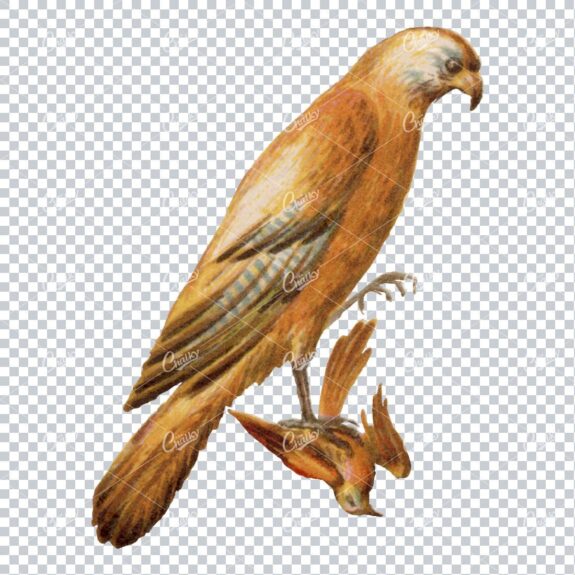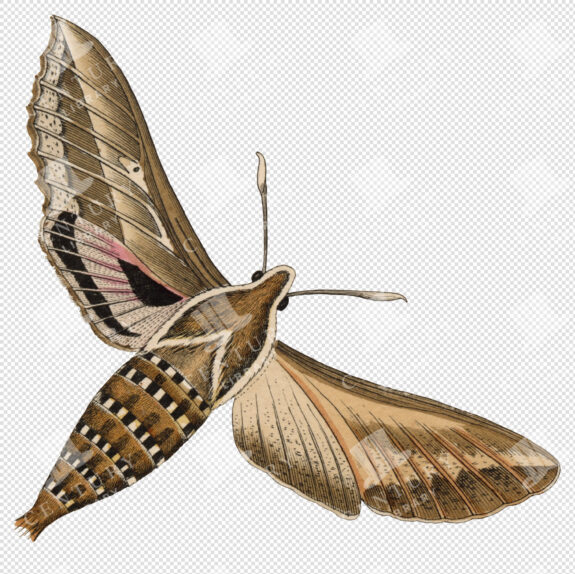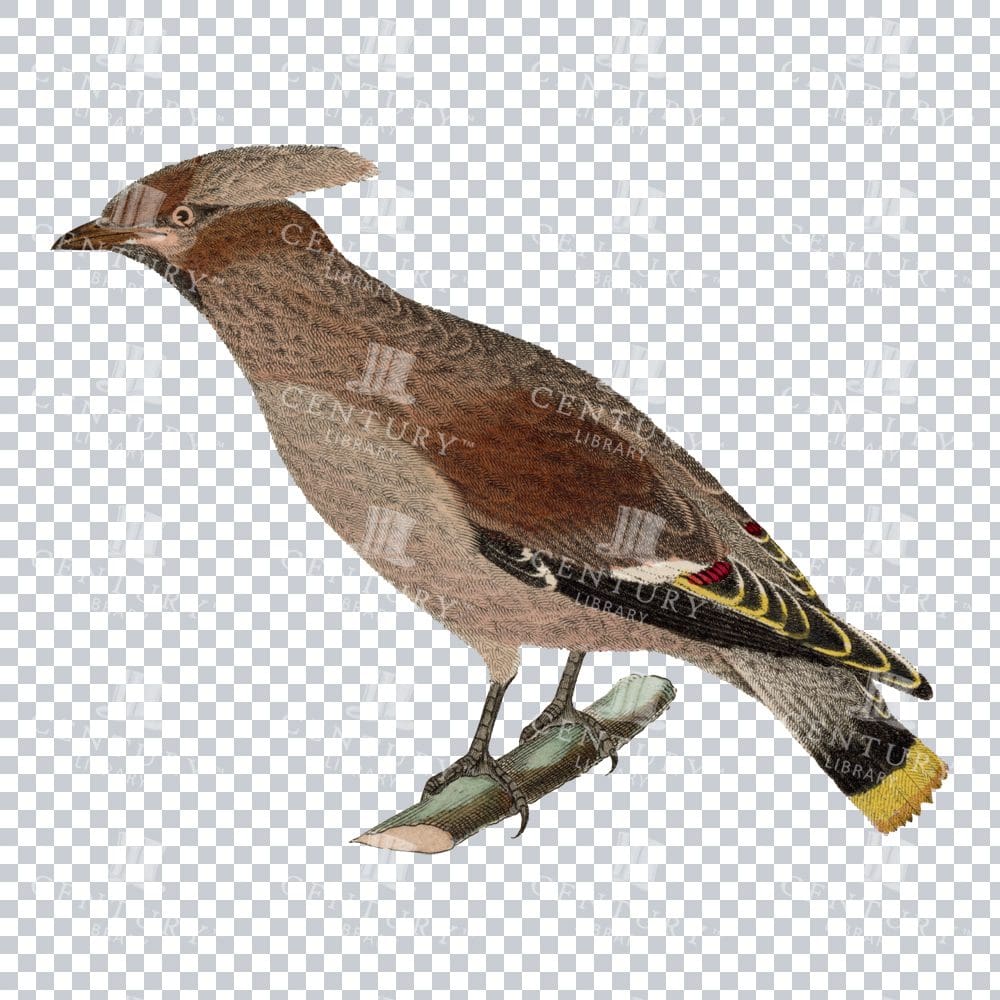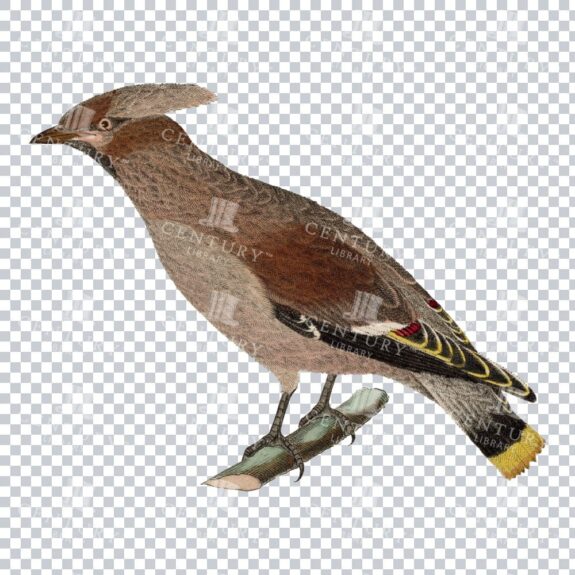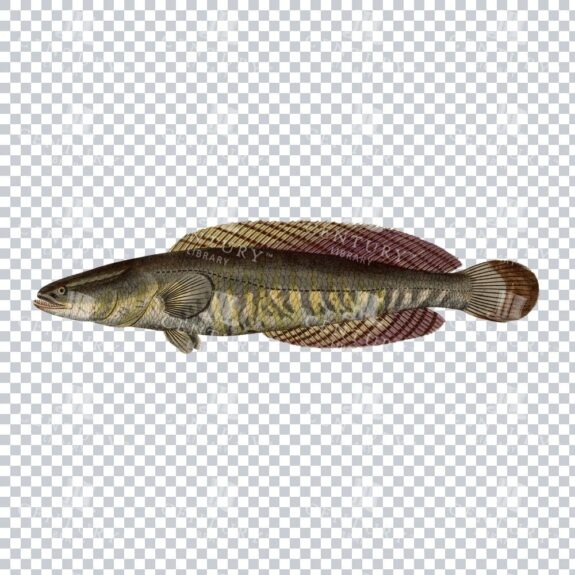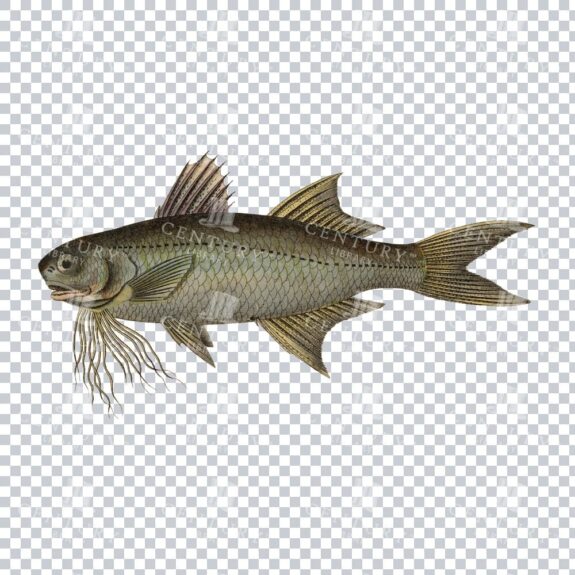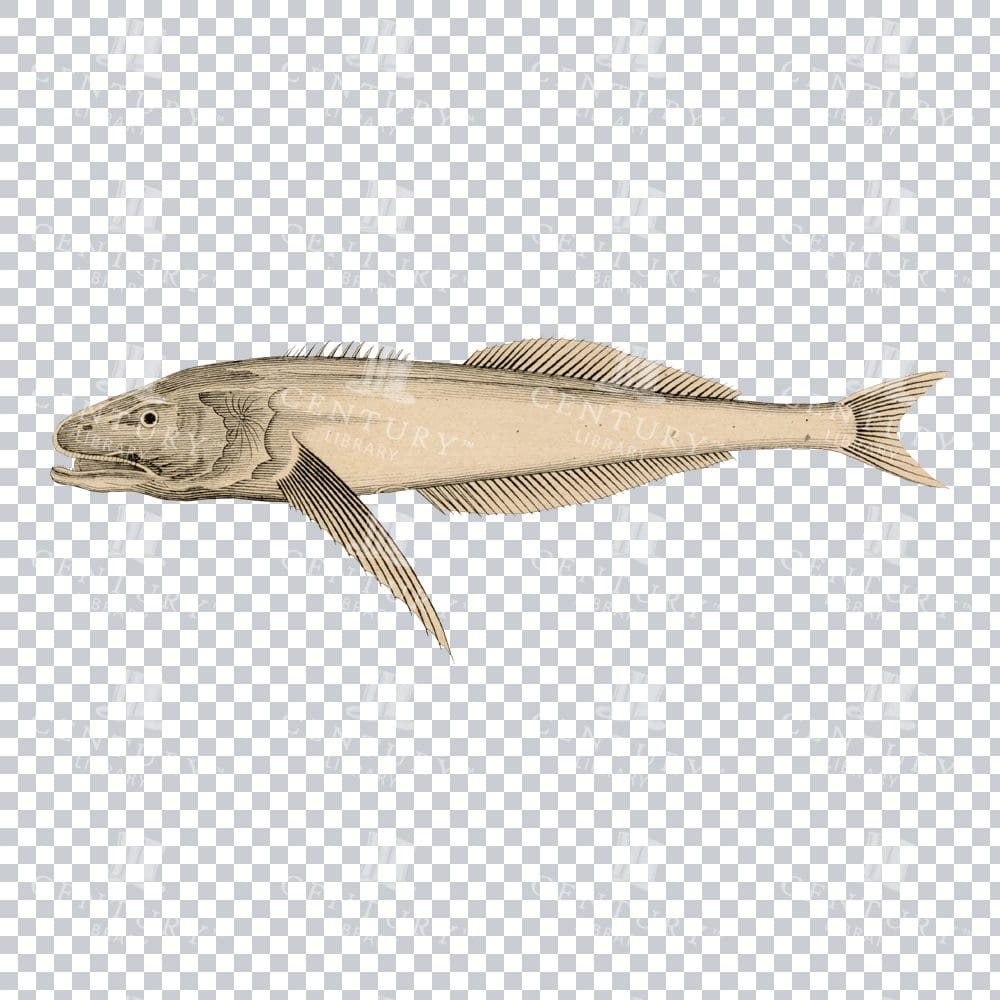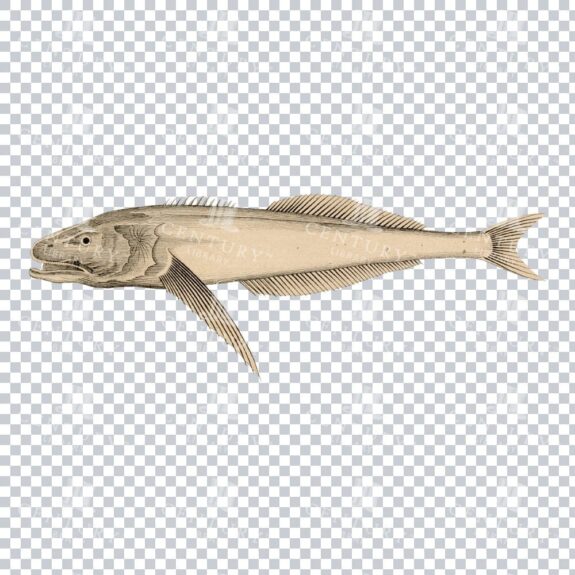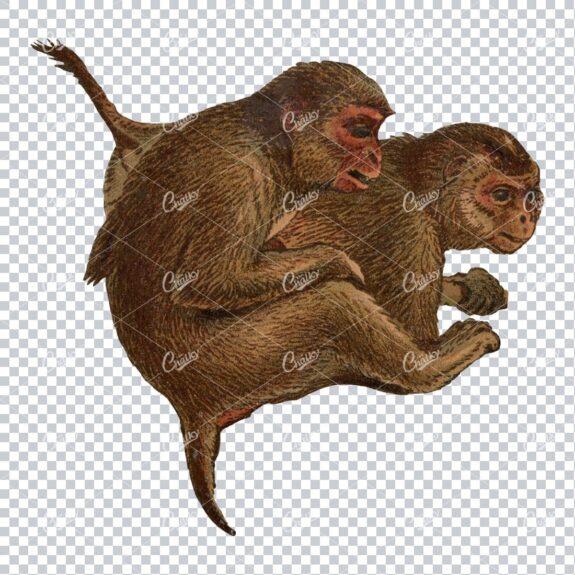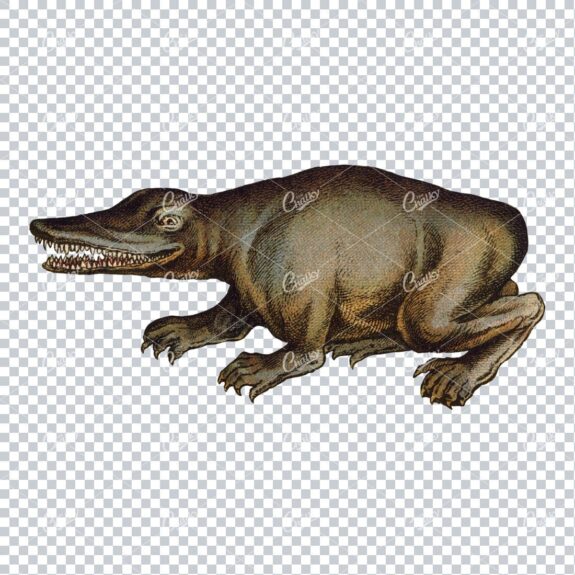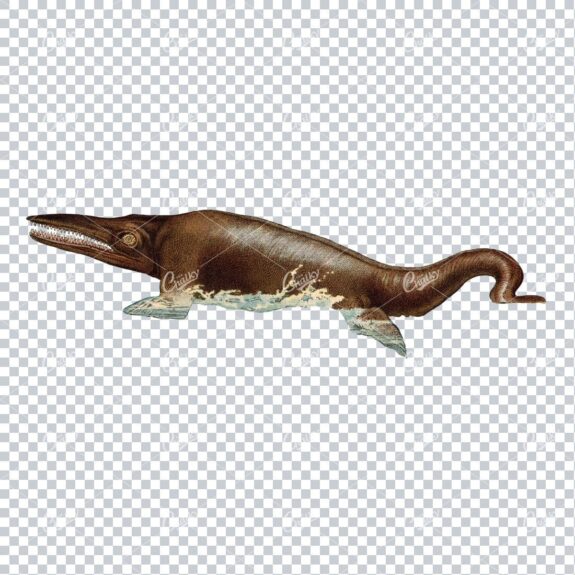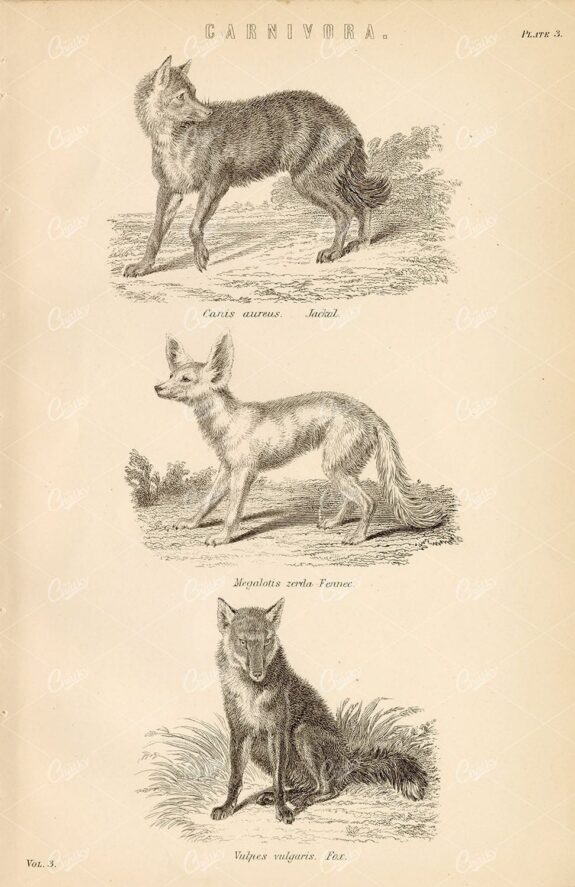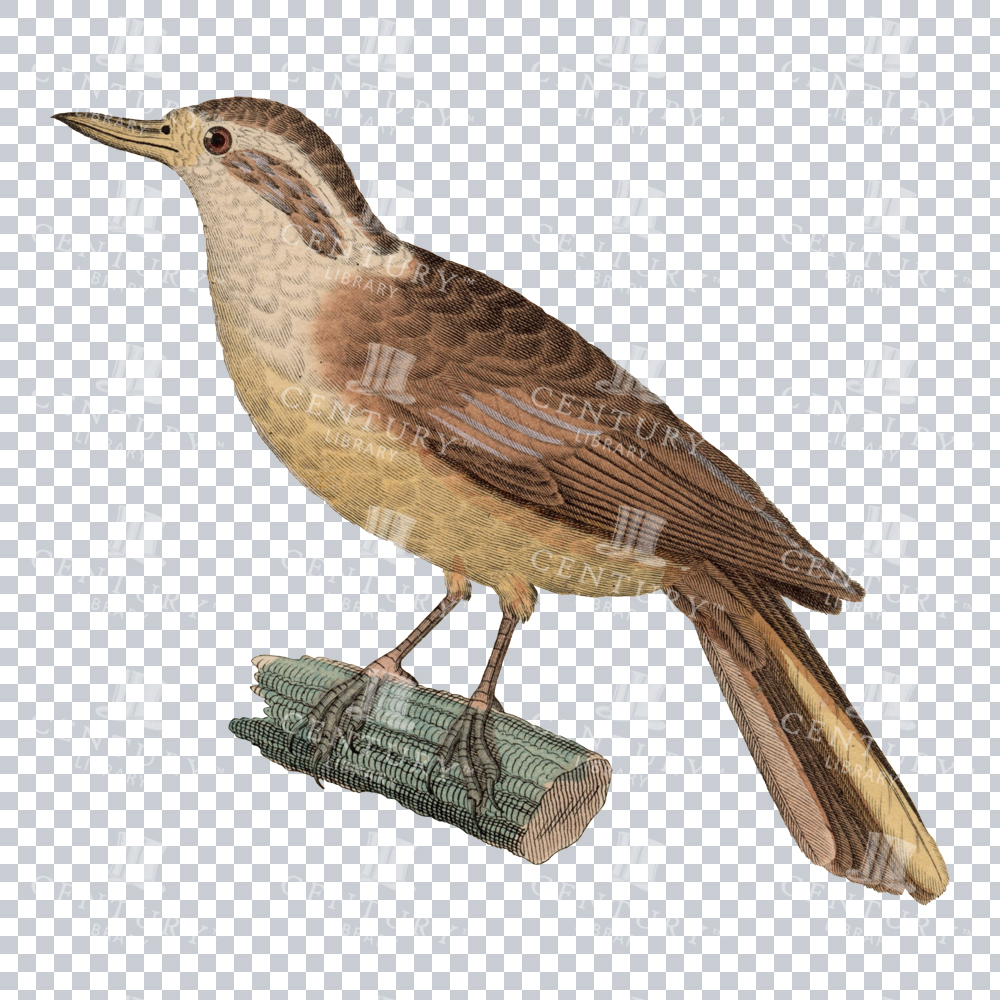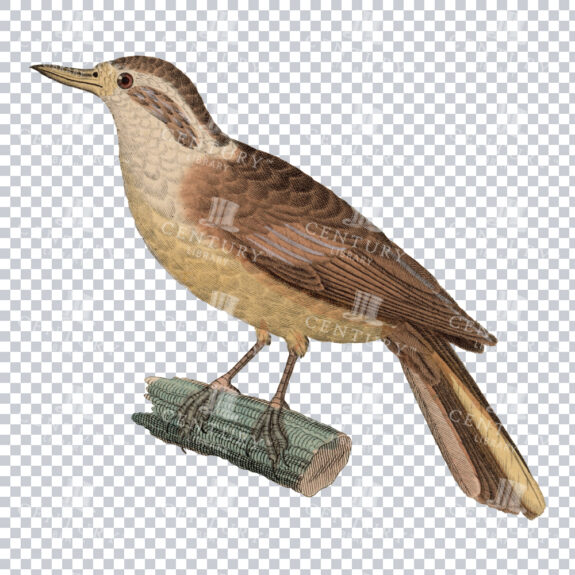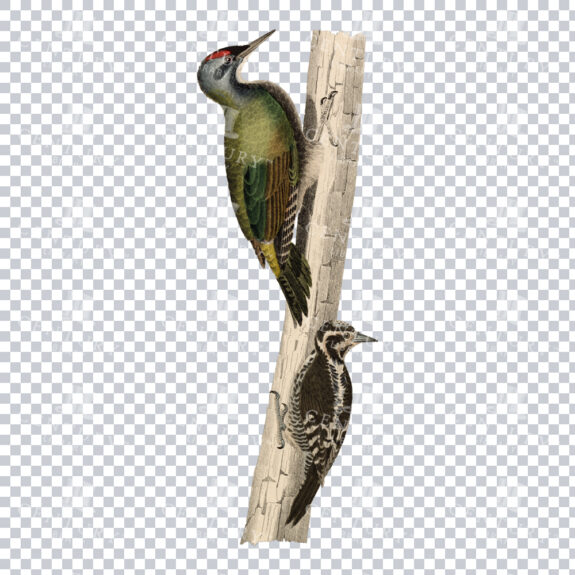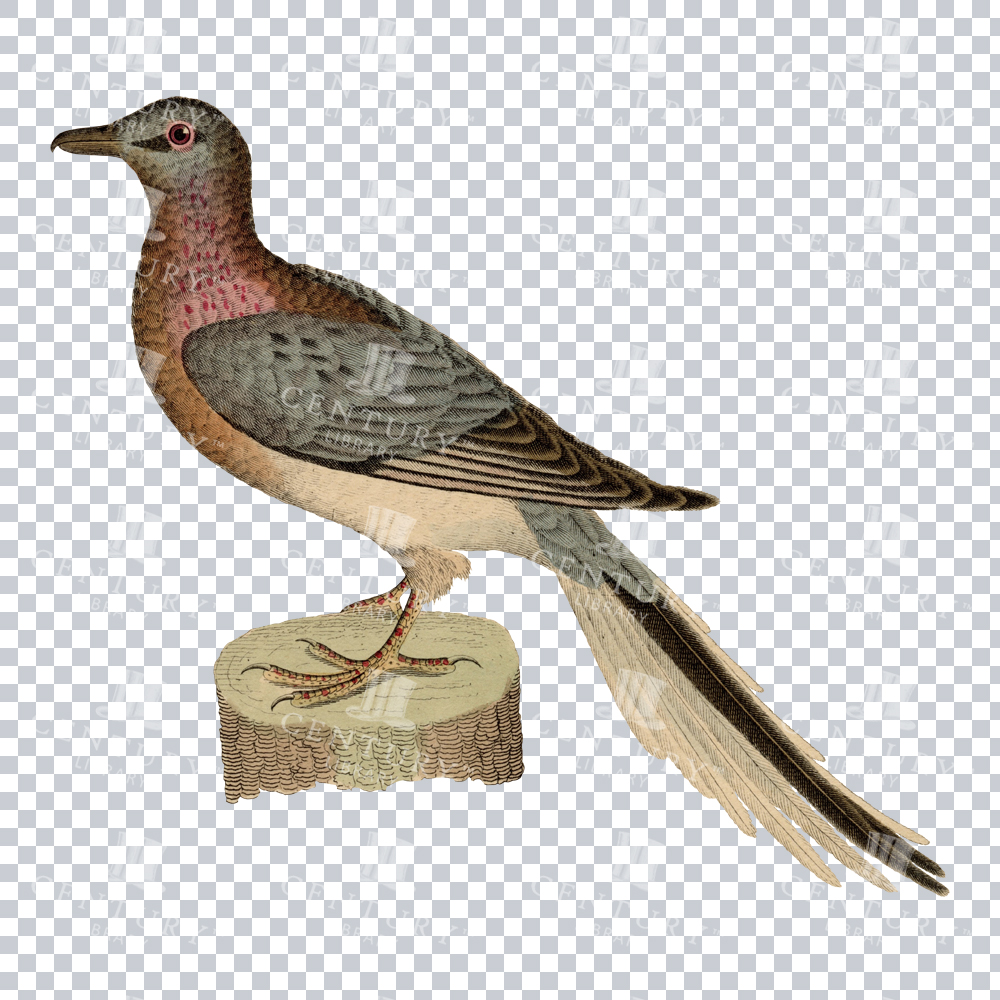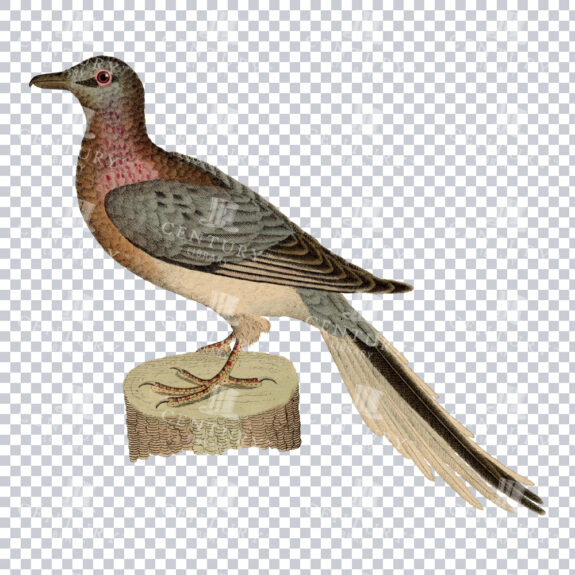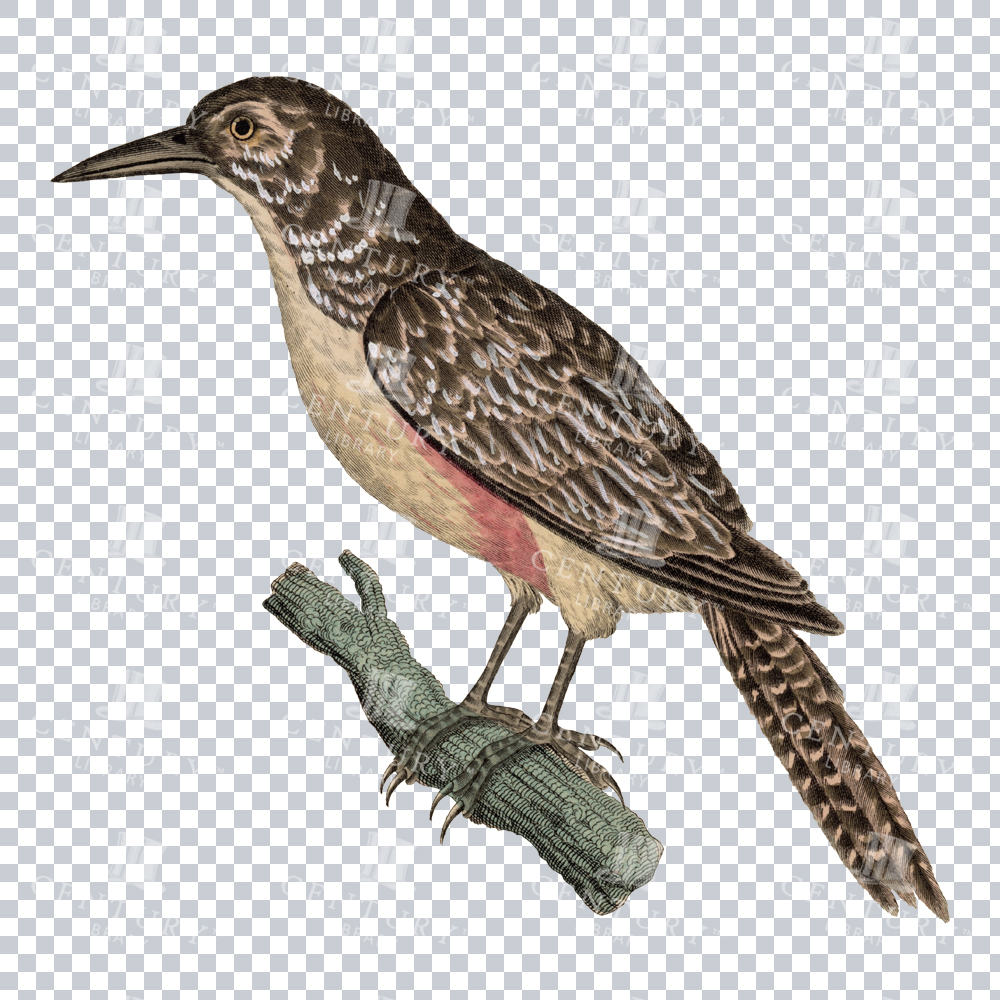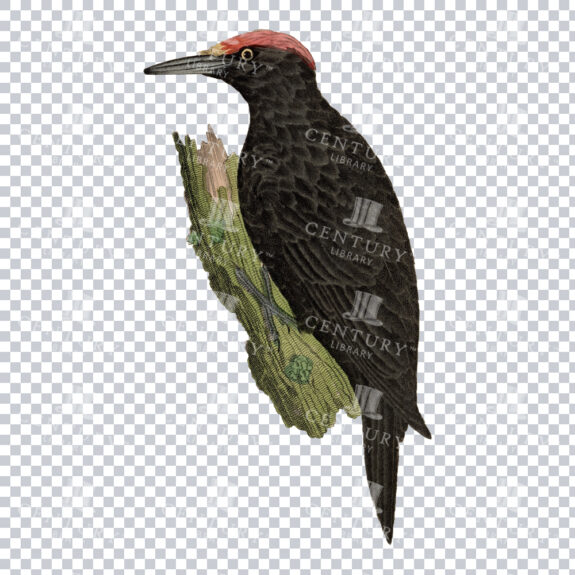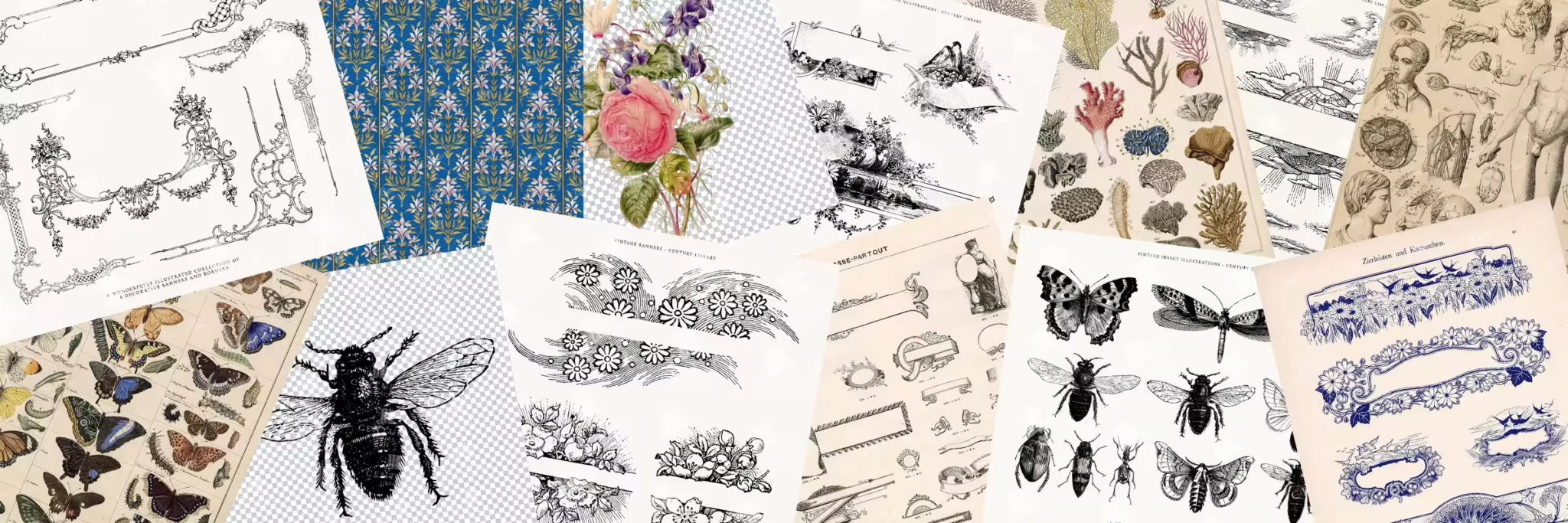
Vintage Stock Images
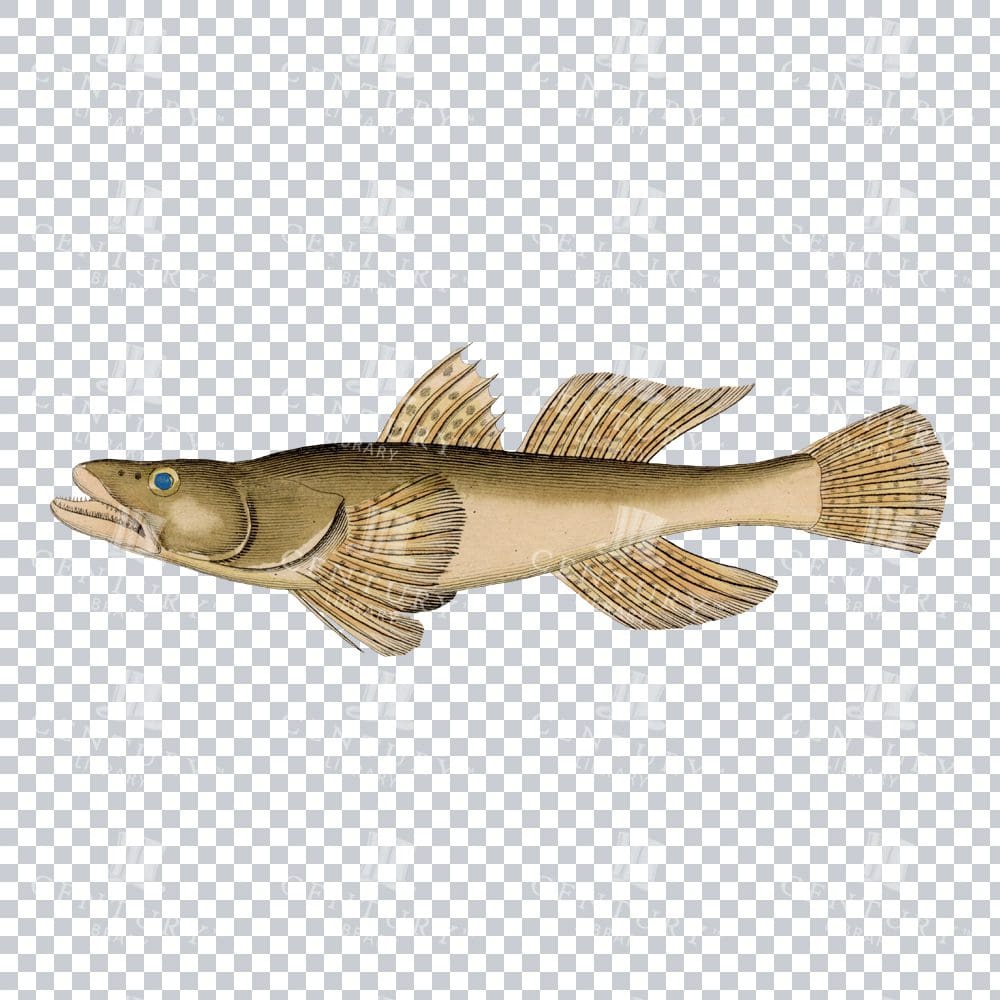
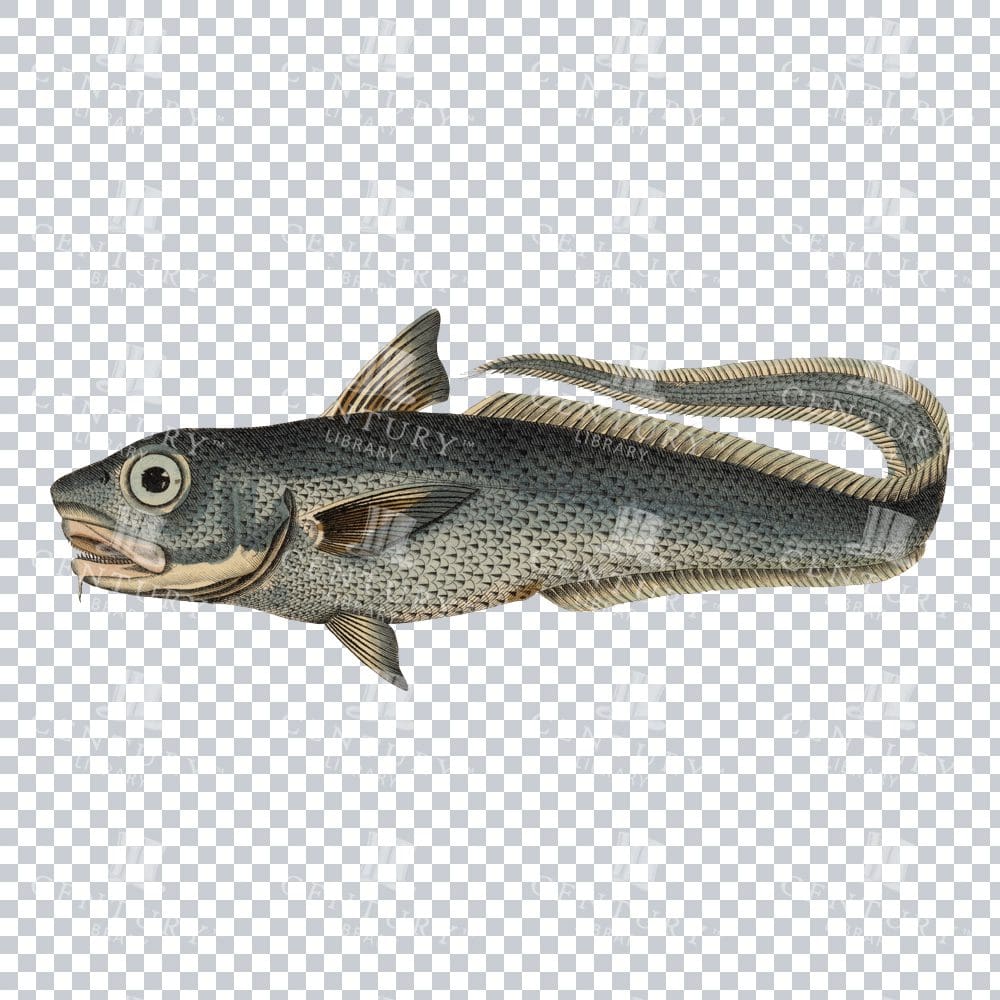

Vintage Color Illustration of a Berglachs Fish
- License Info
- Resolution: 5530 × 2353
From this collection
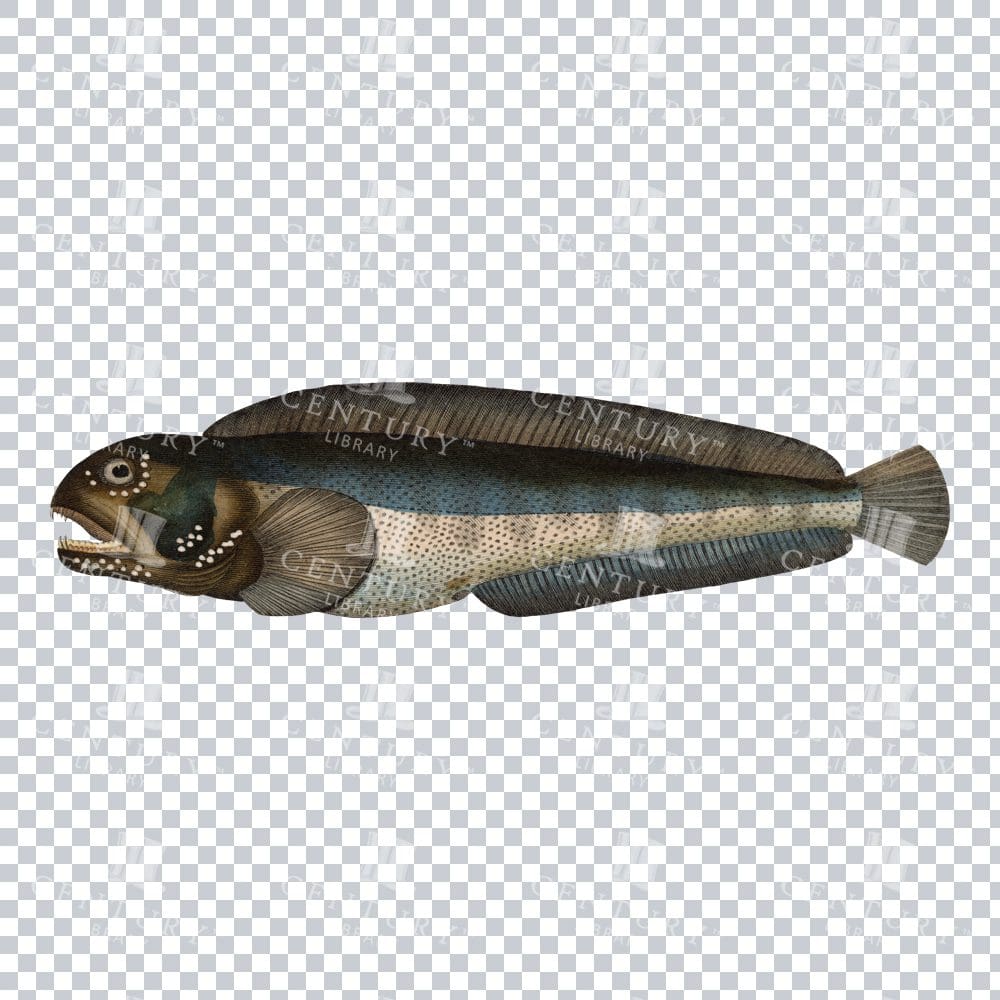

Vintage Illustration of a Atlantic Wolfish
- License Info
- Resolution: 5645 × 1483
From this collection
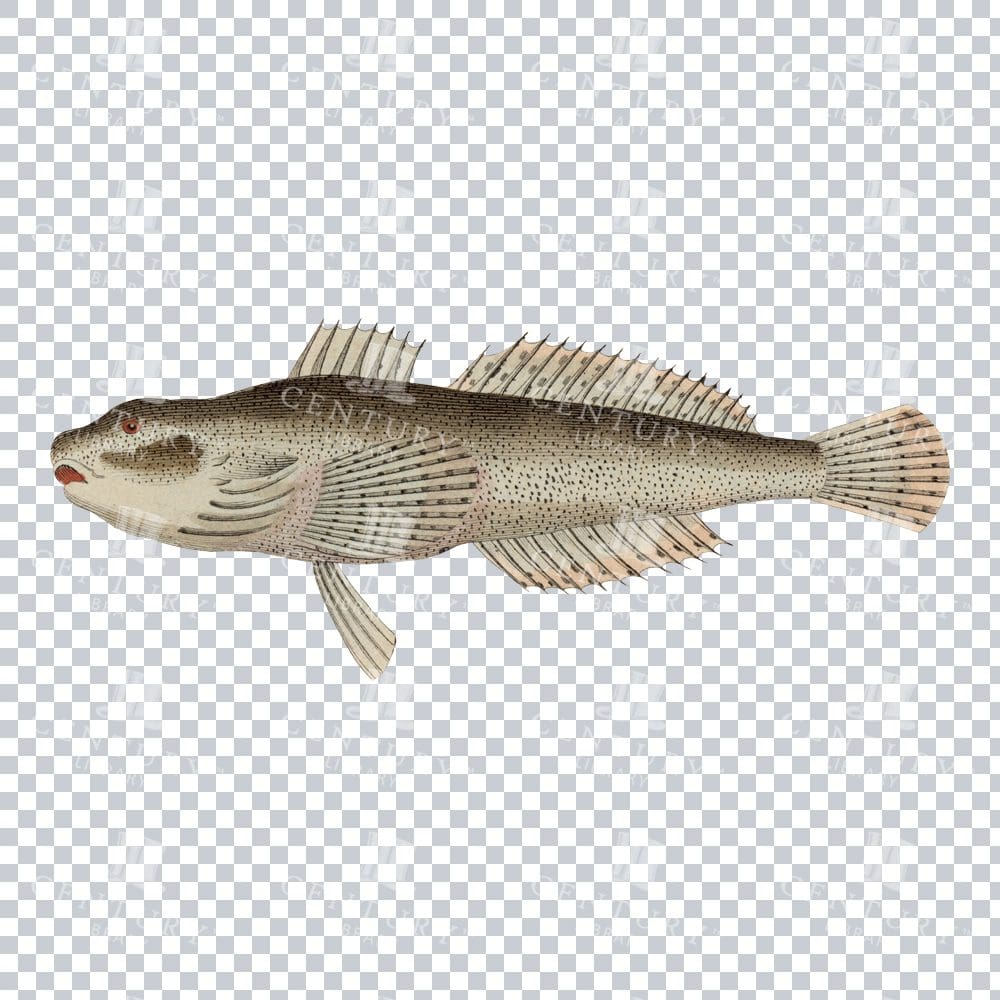

Vintage Colored Illustration of a Cottus Fish
- License Info
- Resolution: 3361 × 1354
From this collection
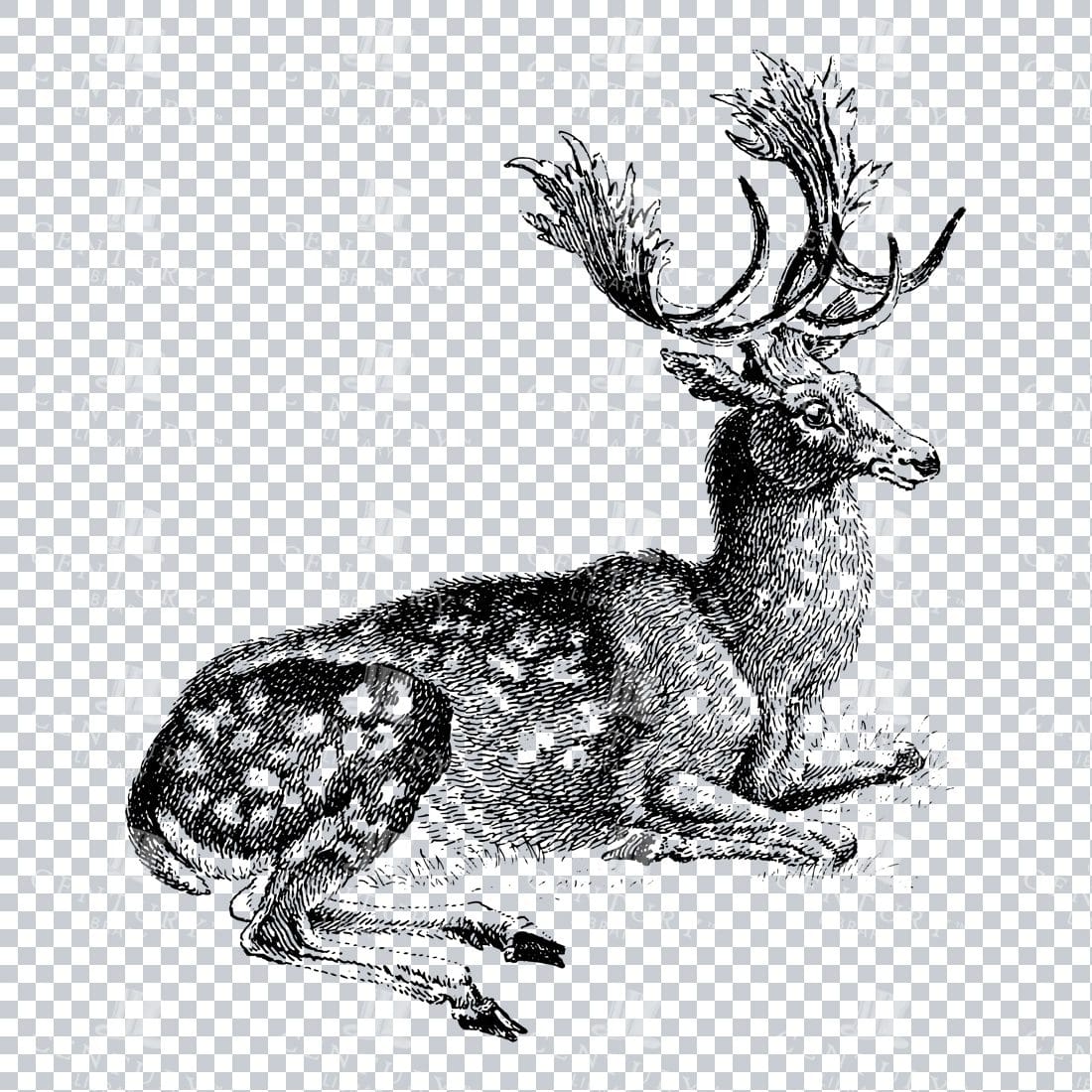

Vintage Illustration of a Male Fallow Deer Laying Down
- License Info
- Resolution: 2413px x 2849px
Related Images
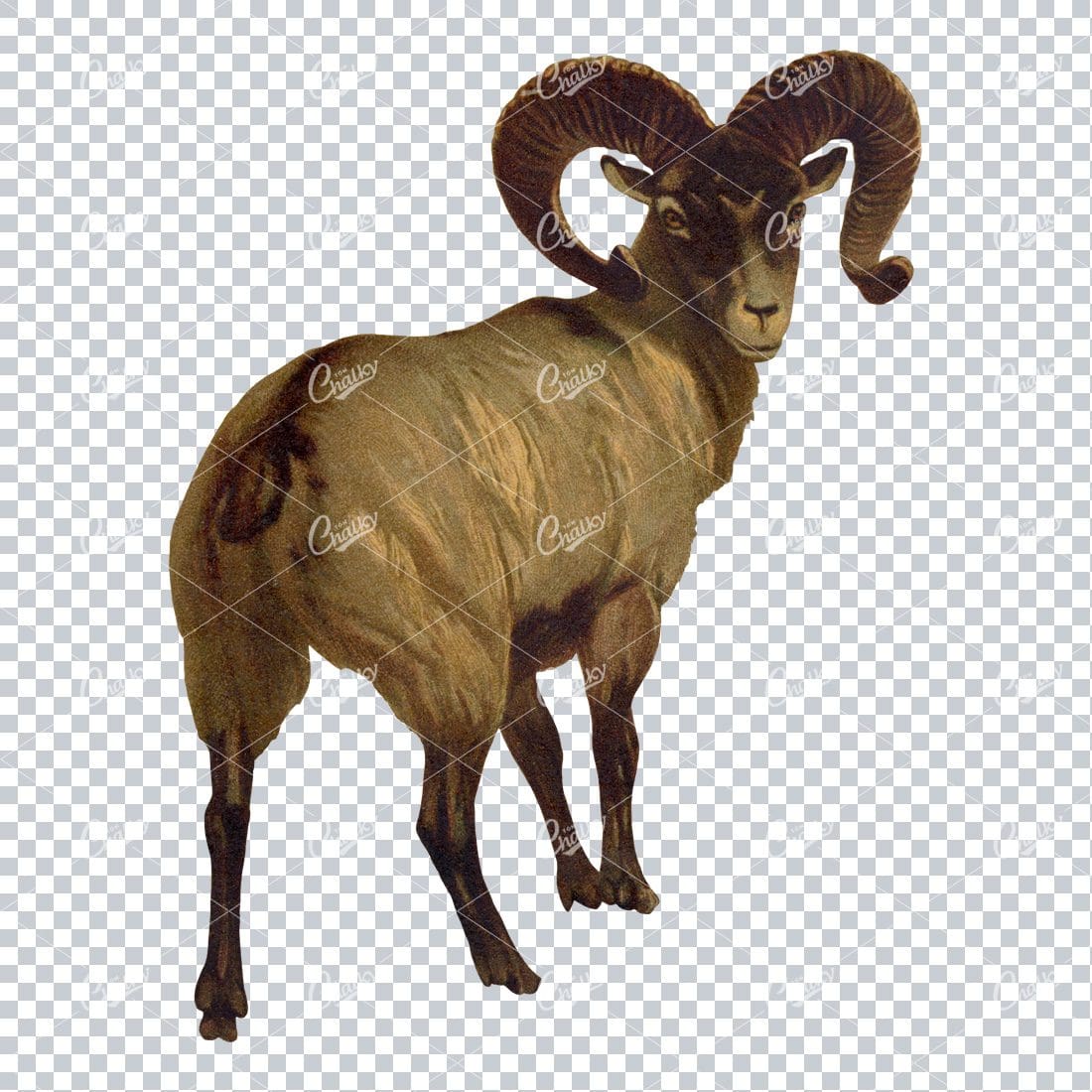

Vintage Full Color PNG Illustration of a Mountain Goat
- License Info
- Resolution: 2488px x 3277px
From this collection
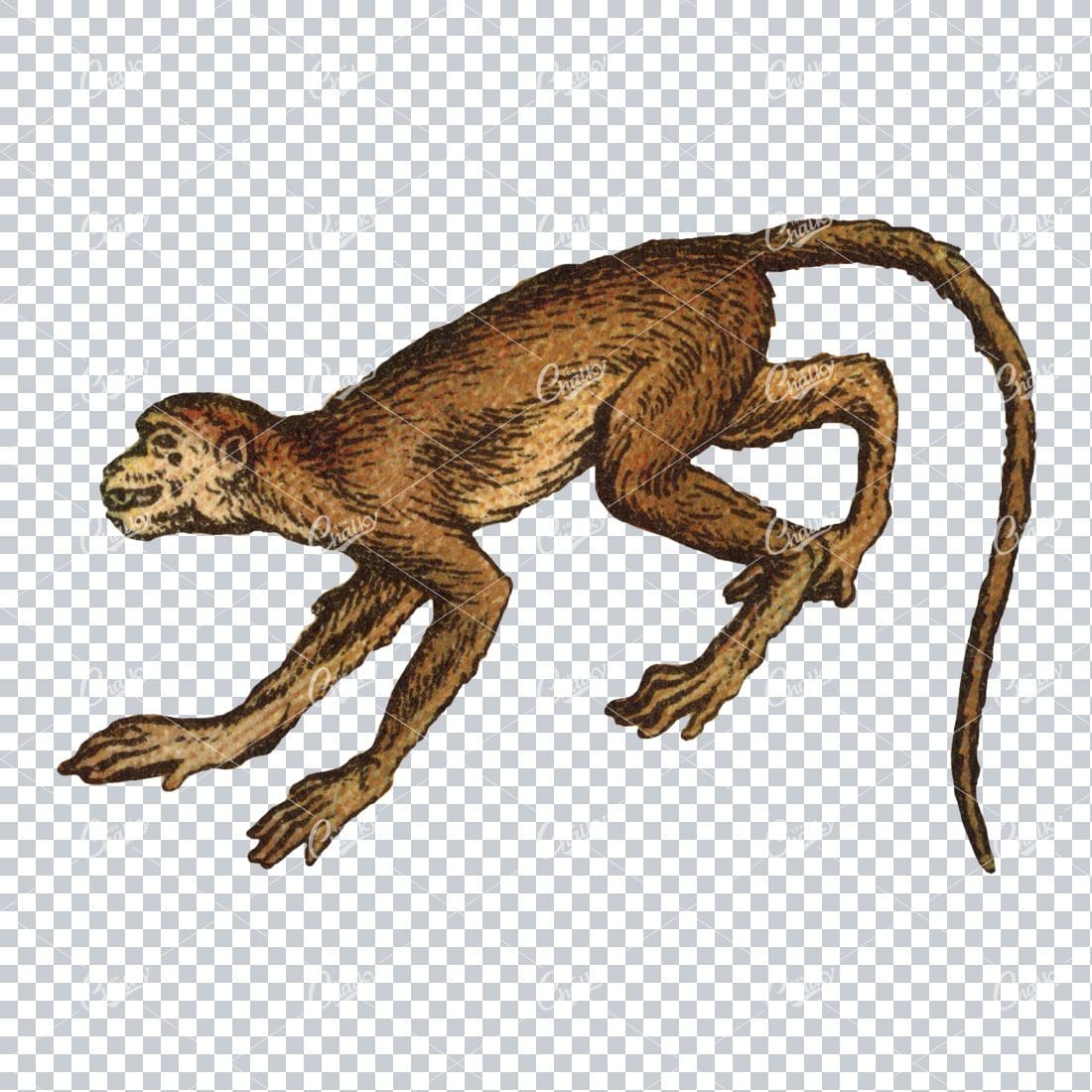

Vintage Full Color PNG Illustration – Monkey No.6
- License Info
- Resolution: 1290px x 895px
From this collection


Vintage Coloured Print of Various Species of Moths – 1896
- License Info
- Resolution: 4119px x 6263px
- Year of Print: 1896
- Artist: Edward Lloyd
From this collection
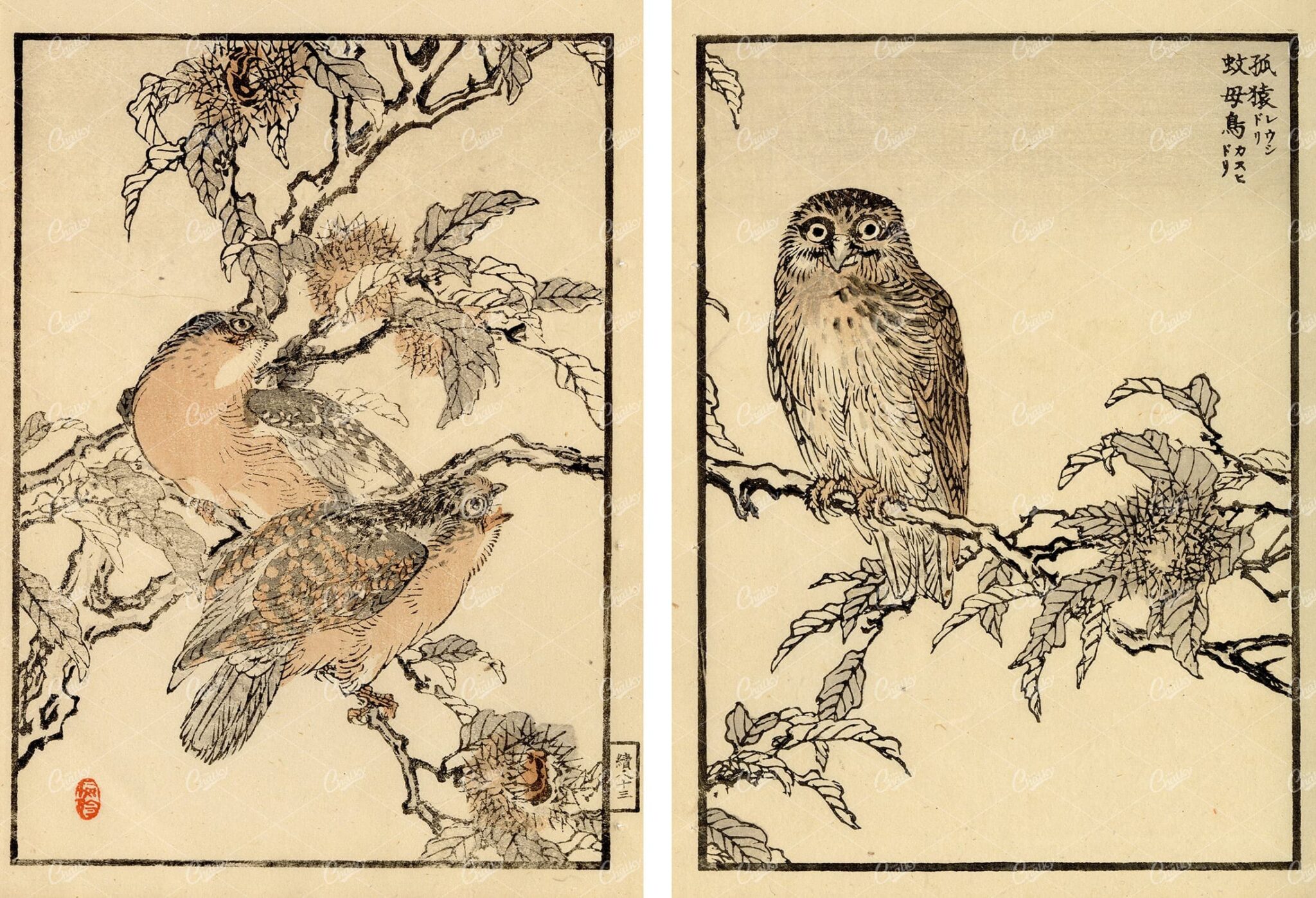

ANTIQUE Kono Bairei Wood Block Japanese Art Prints 1881 Owls in Tree
You’re looking at a beautiful piece of Japanese woodblock art from our collection of original 1881 prints by noted artist, Kono Bairei; Created for one of his best-known publications ‘one hundred birds’. Most of the bird species throughout this collection were native to Japan, with a few domesticated and some imported cage birds. Bairei was born and lived in Kyoto. He was apprenticed to the Maruyama printer Nakajima Raiso at the age of eight. He was a pupil of Shijo artist Shiokawa Bunrin and followed the Nanga school tradition. He established the Kyoto Prefectural School of Painting before opening his own studio to students and retiring from teaching.
- License Info
- Resolution: 11582 x 7905
- Year of Print: 1881
- Artist: Kono Bairei
From this collection
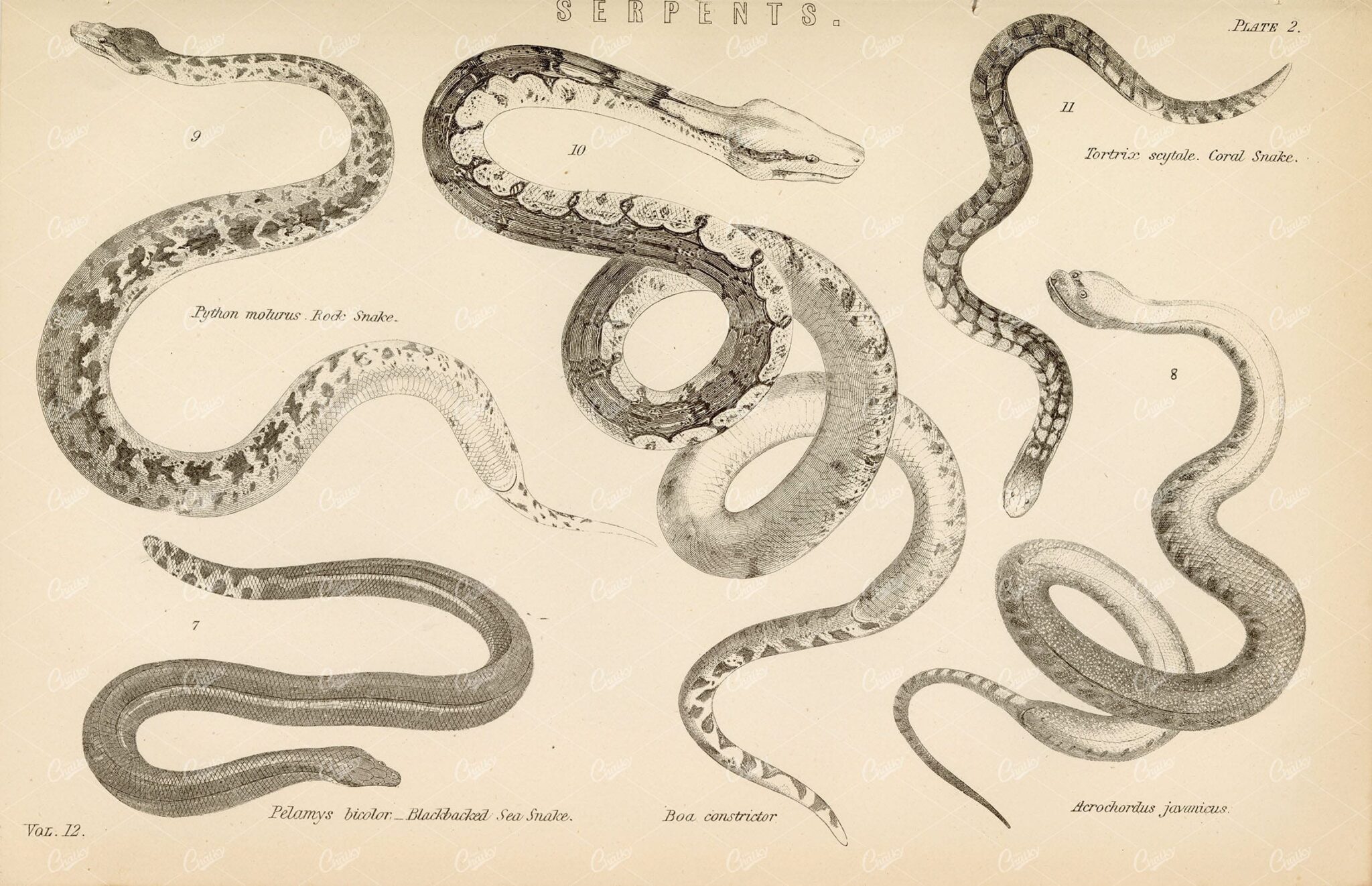

REPTILES Antique Serpents Stock Image. 1880 Encyclopaedia Plate
An original Antique Plate scan from the National Encyclopaedia: A Dictionary of Universal Knowledge. Published by William Mackenzie in 1880. Click on the Artist’s name to see the full collection from this series!
- License Info
- Resolution: 7594 x 10009 300dpi
- Year of Print: 1880
- Artist: William Mackenzie
From this collection


ANTIQUE Original Kono Bairei Woodblock Japanese Prints 1881 Birds
You’re looking at a beautiful piece of Japanese woodblock art from our collection of original 1881 prints by noted artist, Kono Bairei; Created for one of his best-known publications ‘one hundred birds’. Most of the bird species throughout this collection were native to Japan, with a few domesticated and some imported cage birds. Bairei was born and lived in Kyoto. He was apprenticed to the Maruyama printer Nakajima Raiso at the age of eight. He was a pupil of Shijo artist Shiokawa Bunrin and followed the Nanga school tradition. He established the Kyoto Prefectural School of Painting before opening his own studio to students and retiring from teaching.
- License Info
- Resolution: 11582 x 8028
- Year of Print: 1881
- Artist: Kono Bairei
From this collection
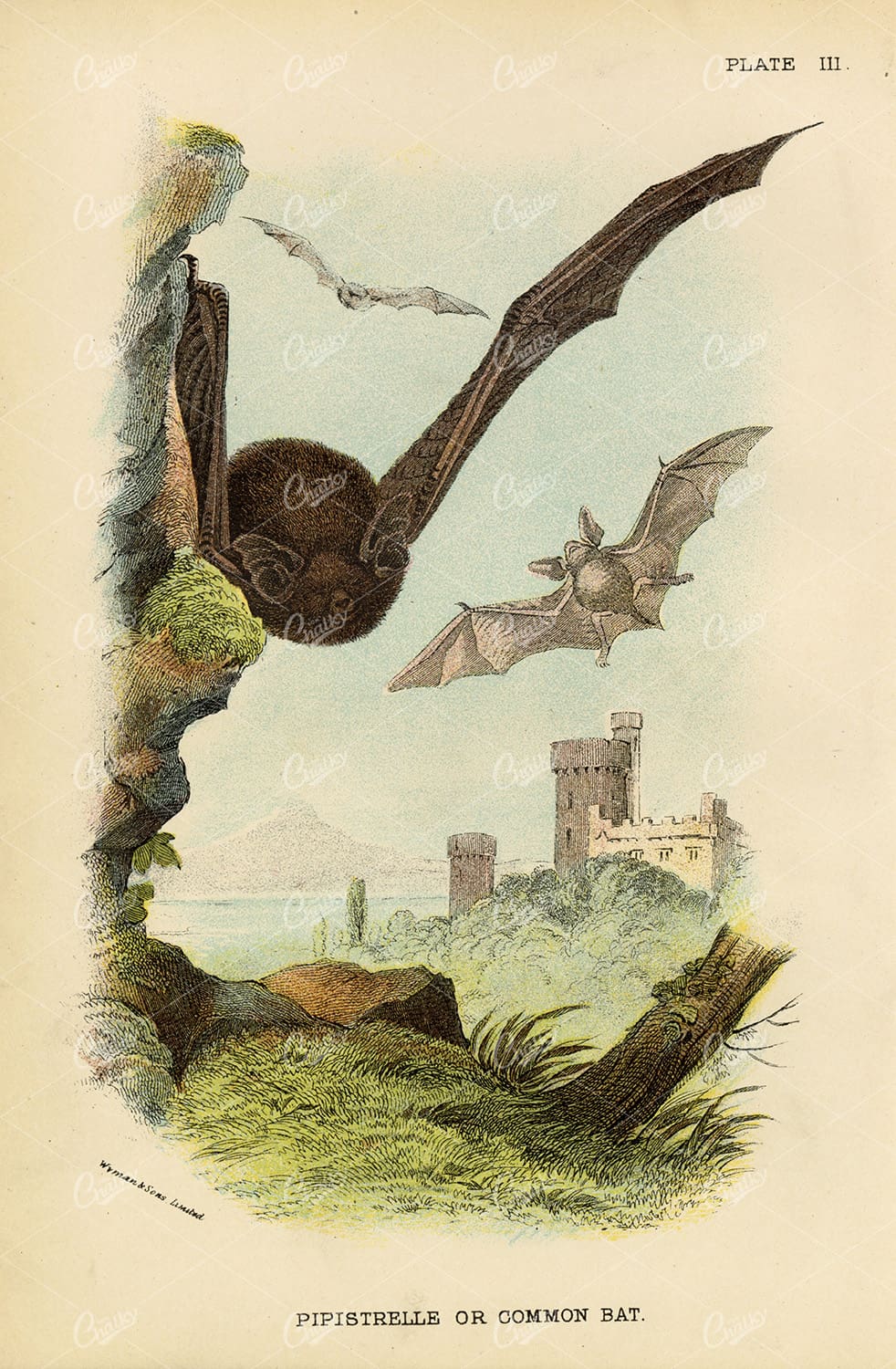

Pipistrelle or Common Bat – Vintage Coloured Print 1896
- License Info
- Resolution: 4095px x 6257px
- Year of Print: 1896
- Artist: Edward Lloyd
From this collection
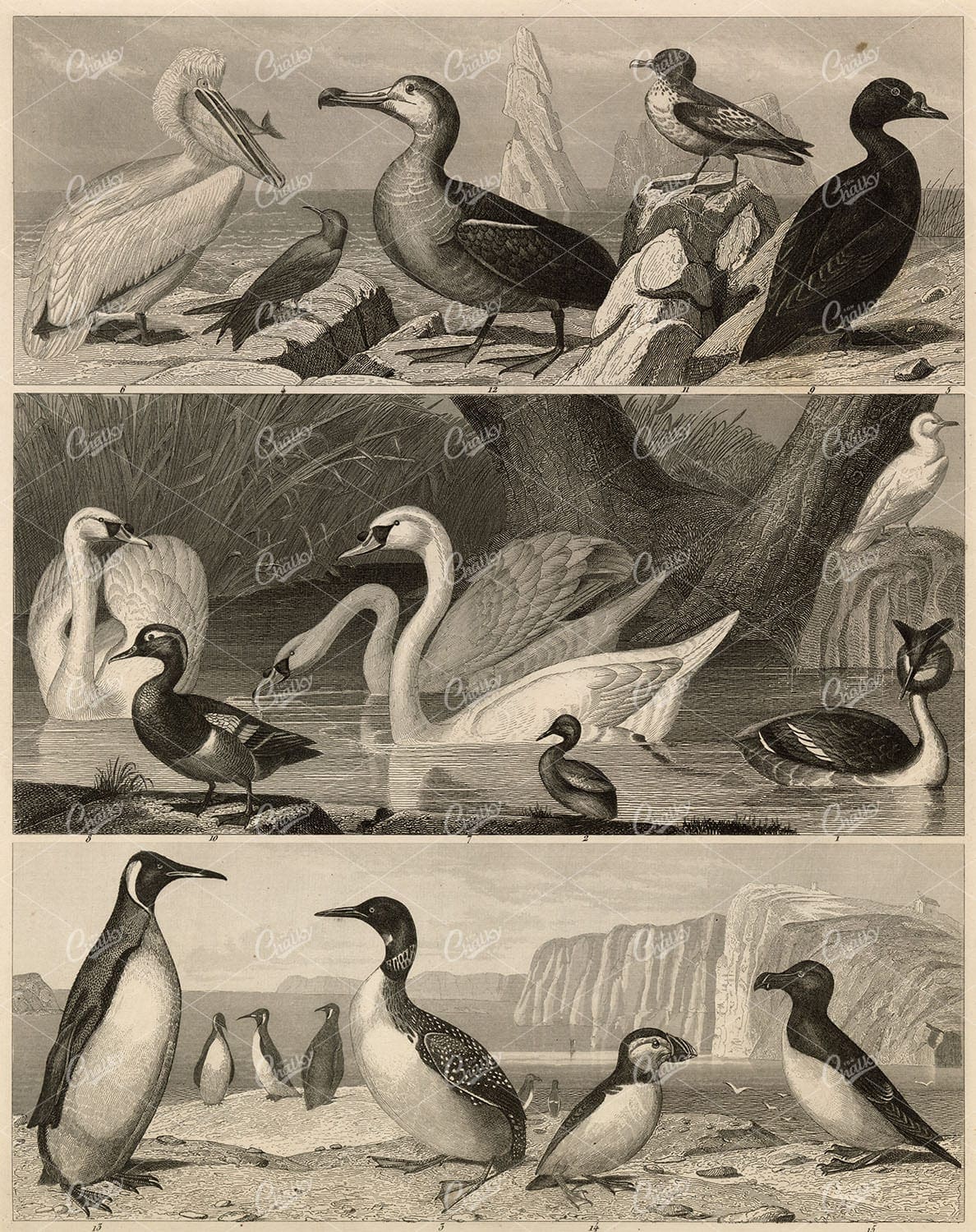

ZOOLOGY – Various Bird Species, Swan, Penguin, Puffin – Antique Print
You’re looking at a well preserved original plate from Johann Georg Heck’s “Iconographic Encyclopedia of Sciences, Literature and Art” published in 1851 by Rudolphe Garrigue in New York. We were extremely fortunate to acquire the full collection of illustrative prints from the series, which after many months of looking, proved to be very difficult!
- License Info
- Resolution: 7243 x 9146 300dpi
- Year of Print: 1851
- Artist: Johann Georg Heck
From this collection
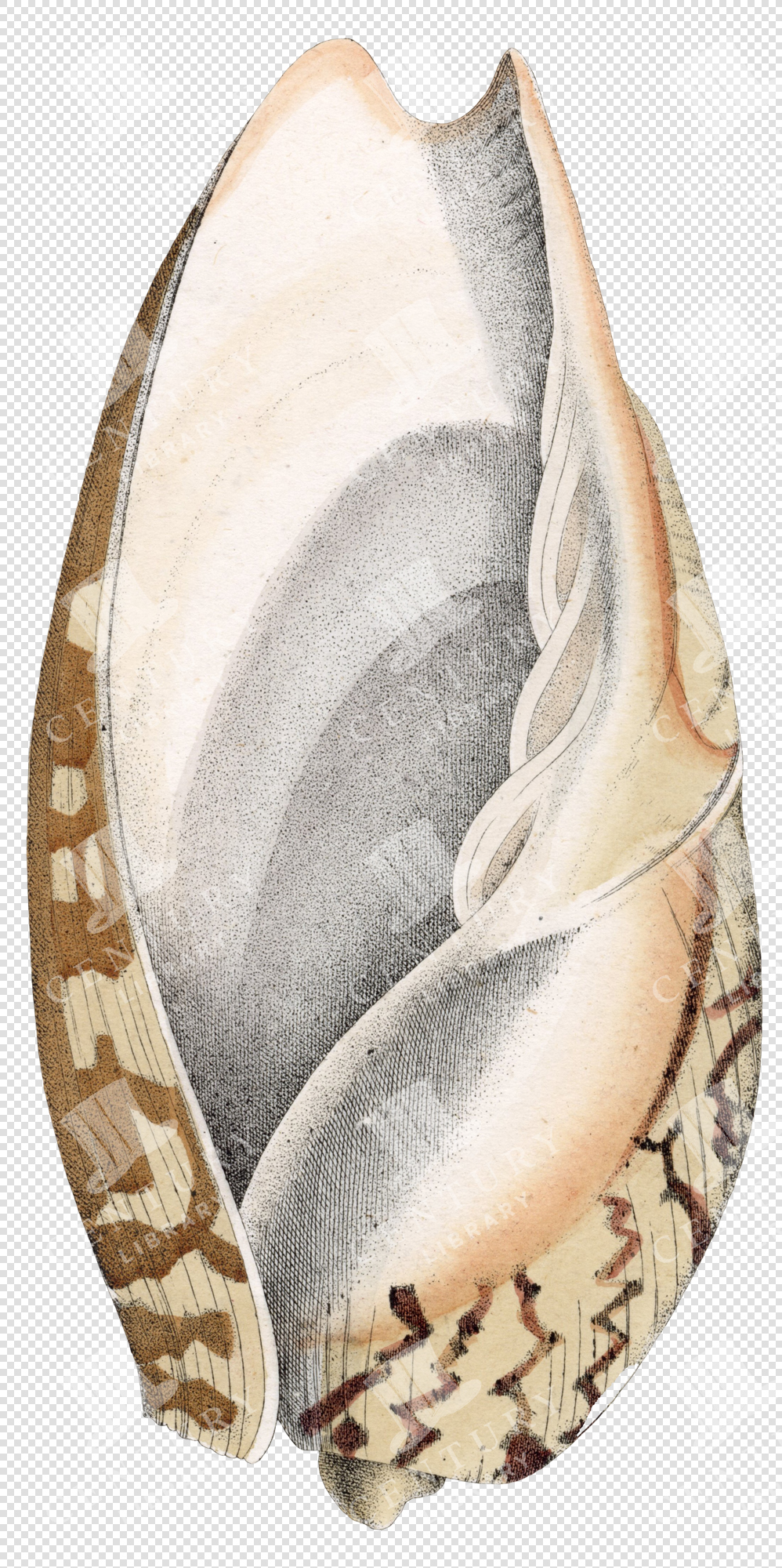

Antique Seashell Illustration with Speckled Inner Surface and Cracked Outer Pattern – Transparent PNG
This vintage sea shell illustration was carefully isolated from a hand-colored engraving published in the mid-1800s. Part of a detailed natural history collection, it showcases the intricate textures and rich tones typical of 19th-century scientific illustration. Perfect for collage, print, or digital design work, this transparent PNG retains the charm and precision of antique artwork while offering modern usability.
- Image Type(s): PNG
- antique shell
- beachcomber art
- bivalve shell
- burlap
- coastal shell
- conch shell
- hand-colored shell
- historic shell
- marine biology
- marine shell
- mollusk shell
- Natural History
- ocean shell
- ocean specimen
- scientific illustration
- sea life illustration
- Sea Shell
- seashell PNG
- seashell study
- shell artwork
- shell chart
- shell cutout
- shell decor
- shell drawing
- shell engraving
- shell graphic
- shell illustration
- shell specimen
- shell taxonomy
- spiral shell
- Victorian shell
From this collection


Vintage Spiked Sea Shell Illustration with Transparent Background for Graphic Design Projects
This vintage sea shell illustration was carefully isolated from a hand-colored engraving published in the mid-1800s. Part of a detailed natural history collection, it showcases the intricate textures and rich tones typical of 19th-century scientific illustration. Perfect for collage, print, or digital design work, this transparent PNG retains the charm and precision of antique artwork while offering modern usability.
- Image Type(s): PNG
- shell artwork
- ocean shell
- beachcomber art
- shell chart
- conch shell
- seashell study
- spiral shell
- shell taxonomy
- bivalve shell
- shell graphic
- shell specimen
- shell decor
- shell engraving
- ocean specimen
- antique shell
- historic shell
- shell cutout
- hand-colored shell
- Victorian shell
- mollusk shell
- sea life illustration
- shell drawing
- shell illustration
- seashell PNG
- marine shell
- coastal shell
- scientific illustration
- marine biology
- body armor
- Natural History
- Sea Shell
From this collection
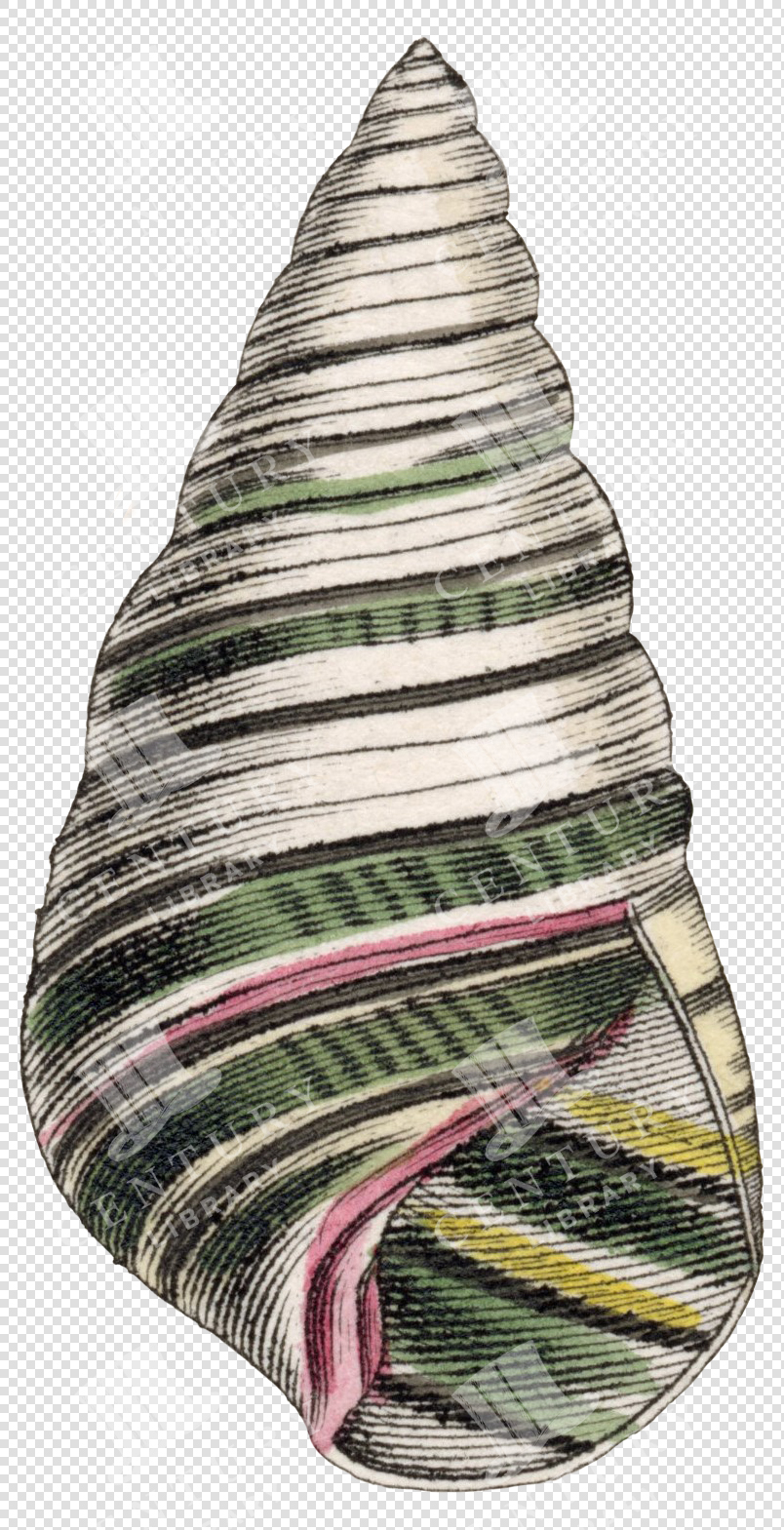

Striped Green, Pink, and Beige Spiral Shell PNG Illustration with Curved Texture and Transparent Background
This vintage sea shell illustration was carefully isolated from a hand-colored engraving published in the mid-1800s. Part of a detailed natural history collection, it showcases the intricate textures and rich tones typical of 19th-century scientific illustration. Perfect for collage, print, or digital design work, this transparent PNG retains the charm and precision of antique artwork while offering modern usability.
- Image Type(s): PNG
- shell artwork
- ocean shell
- beachcomber art
- shell chart
- conch shell
- seashell study
- spiral shell
- shell taxonomy
- bivalve shell
- shell graphic
- shell specimen
- shell decor
- shell engraving
- ocean specimen
- antique shell
- historic shell
- shell cutout
- hand-colored shell
- Victorian shell
- mollusk shell
- sea life illustration
- shell drawing
- shell illustration
- seashell PNG
- marine shell
- coastal shell
- scientific illustration
- marine biology
- Natural History
- Sea Shell
- Fabric
From this collection
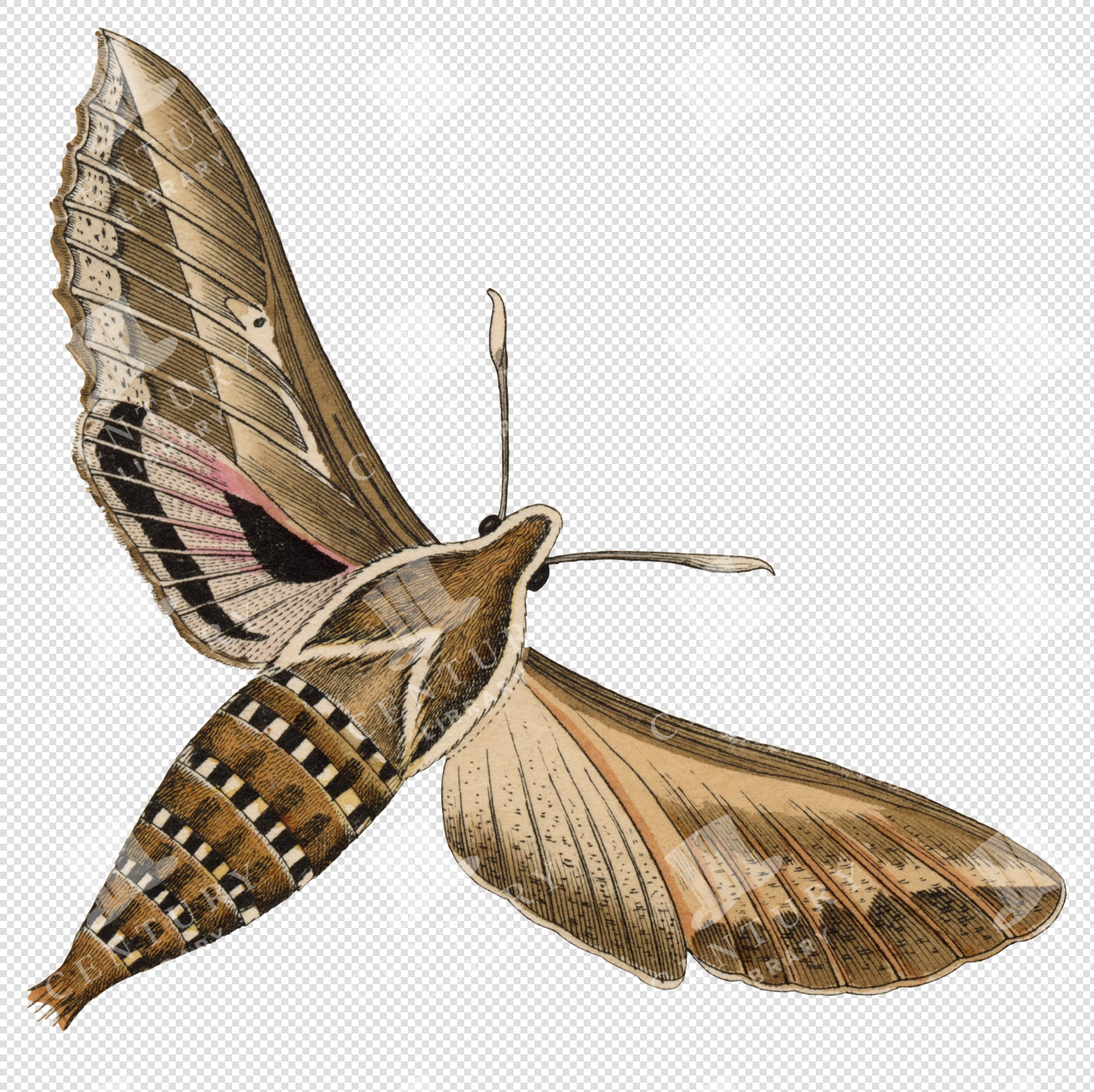

Striped-Body Sphinx Moth with Pink-Accented Wings
- Image Type(s): PNG
From this collection
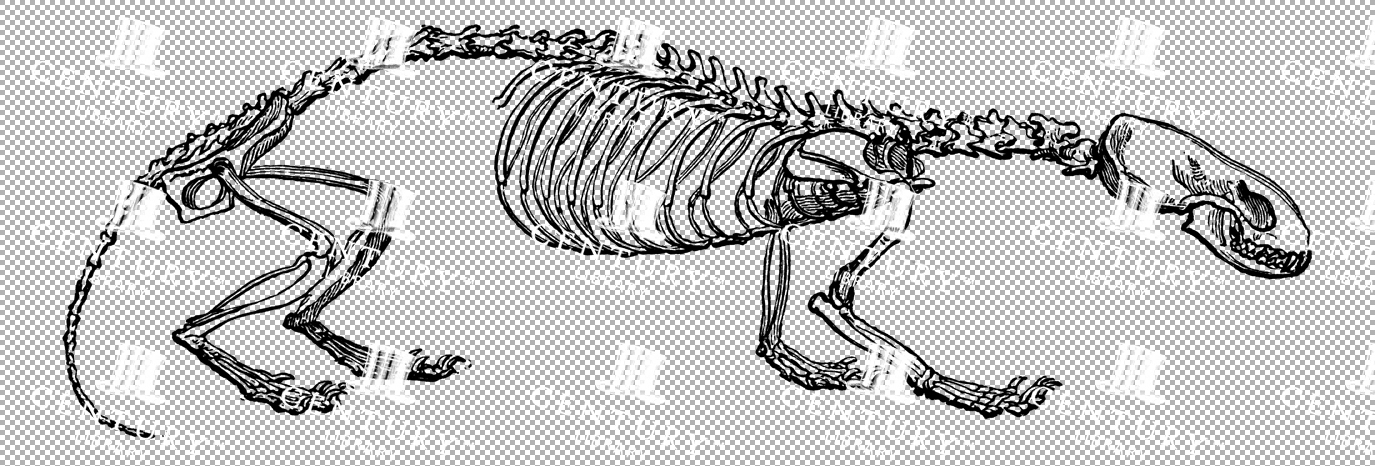

Vintage Illustration of Weasel Skeleton with Elongated Body as Transparent PNG
A vintage illustration of a weasel skeleton, featuring an elongated body and delicate bone structure. This transparent PNG is ideal for zoological and anatomical studies.
- Resolution: 3068px x 1041px
- Image Type(s): PNG
From this collection


Vintage Illustration of Malayan Tapir Skeleton with Compact Form as Transparent PNG
A vintage illustration of a Malayan tapir skeleton, featuring a compact form and detailed bone structure. This transparent PNG is perfect for educational and wildlife-themed projects.
- Resolution: 4639px x 2319px
- Image Type(s): PNG
From this collection
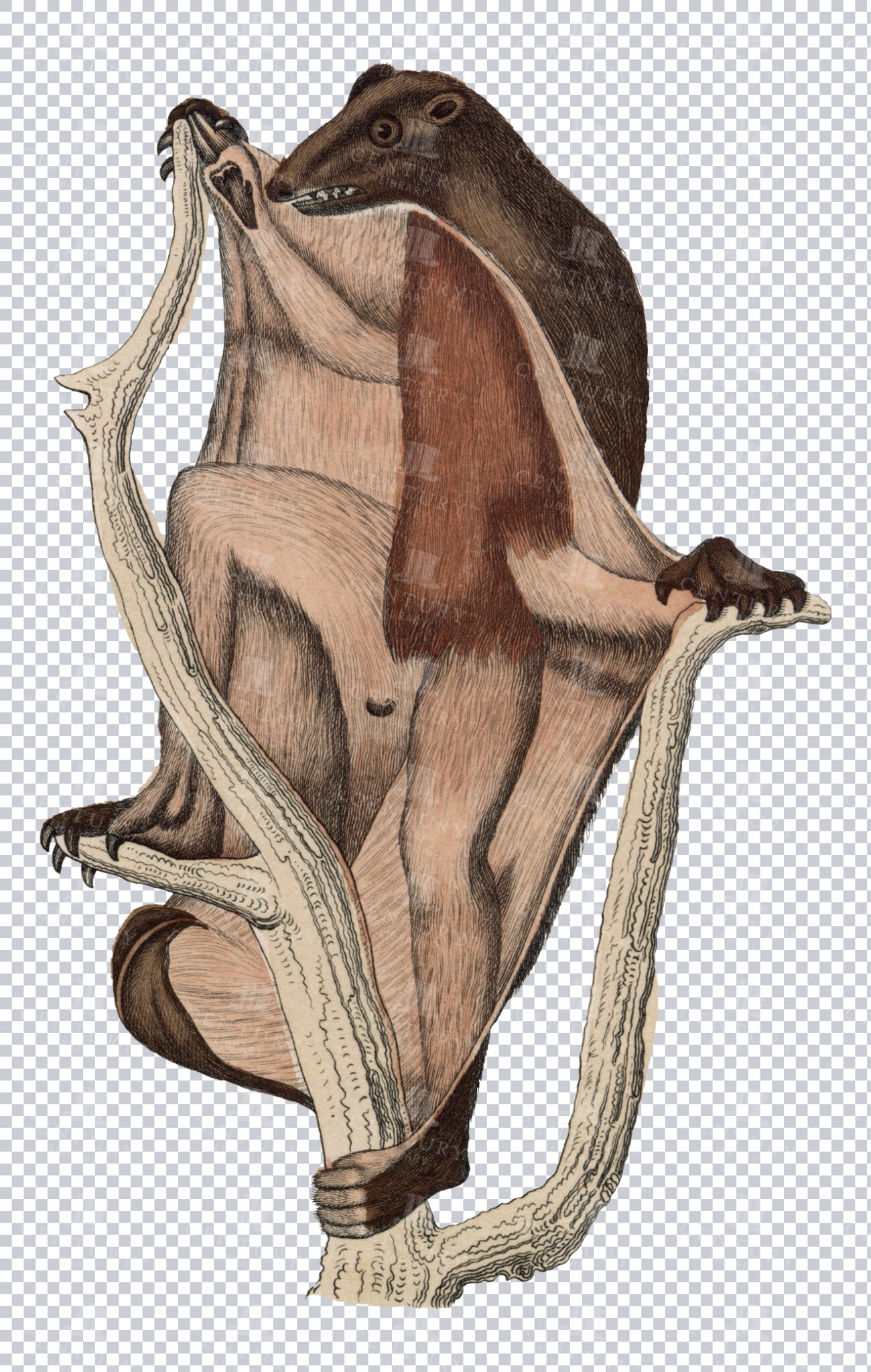

Vintage Engraving of Flying Lemur on Transparent Background
Detailed vintage illustration of a flying lemur, showing its gliding membrane on a transparent background. Ideal for educational resources, design projects, or zoological studies.
- Resolution: 2908 × 4578
- Image Type(s): PNG
- 19th-century
- Animal
- Antique
- Art
- artistic
- Background
- biology
- Black and white
- collectible
- Design
- detailed
- Drawing
- education
- Engraving
- Etching
- exotic
- fauna
- Flying
- gliding
- Harp
- historical
- History
- illustration
- isolated
- Lemur
- Mammal
- membrane
- monochrome
- natural
- Nature
- old-fashioned
- retro
- scientific
- Texture
- traditional
- transparent
- unique
- vintage
- Wildlife
- Zoology
From this collection
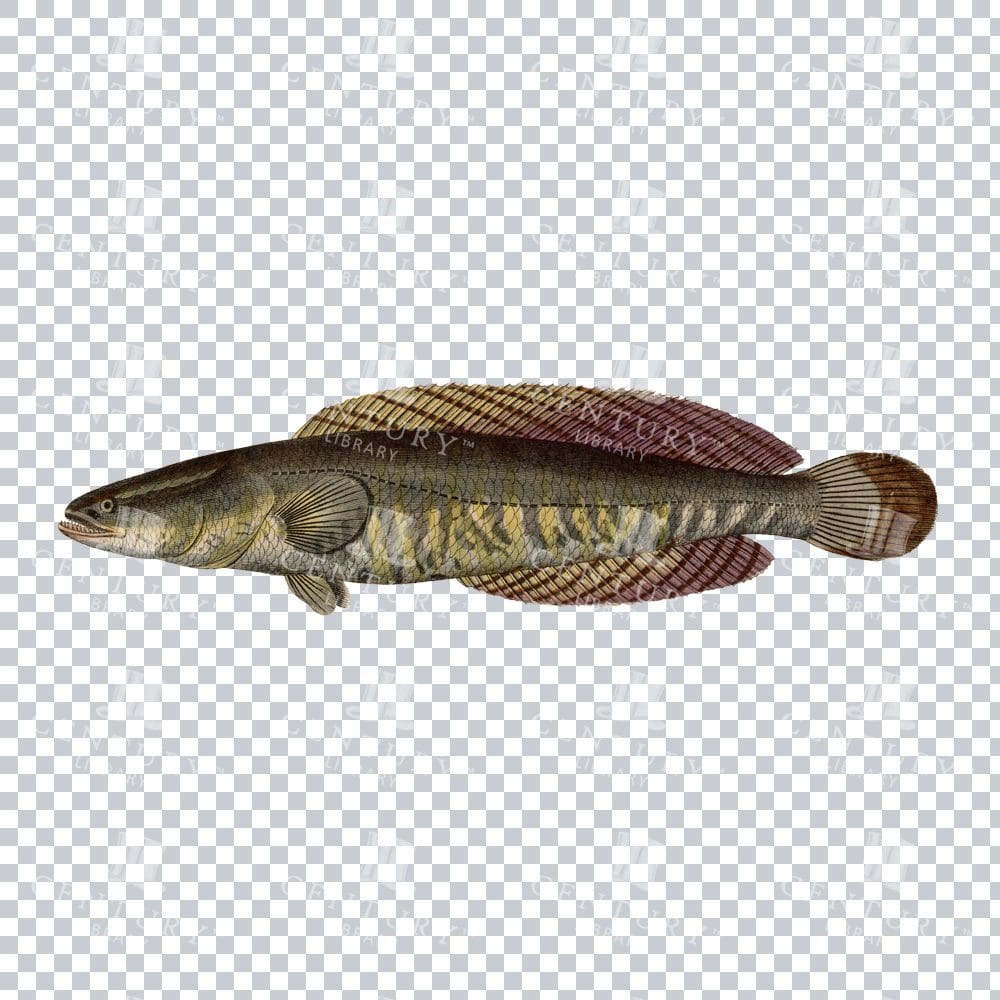
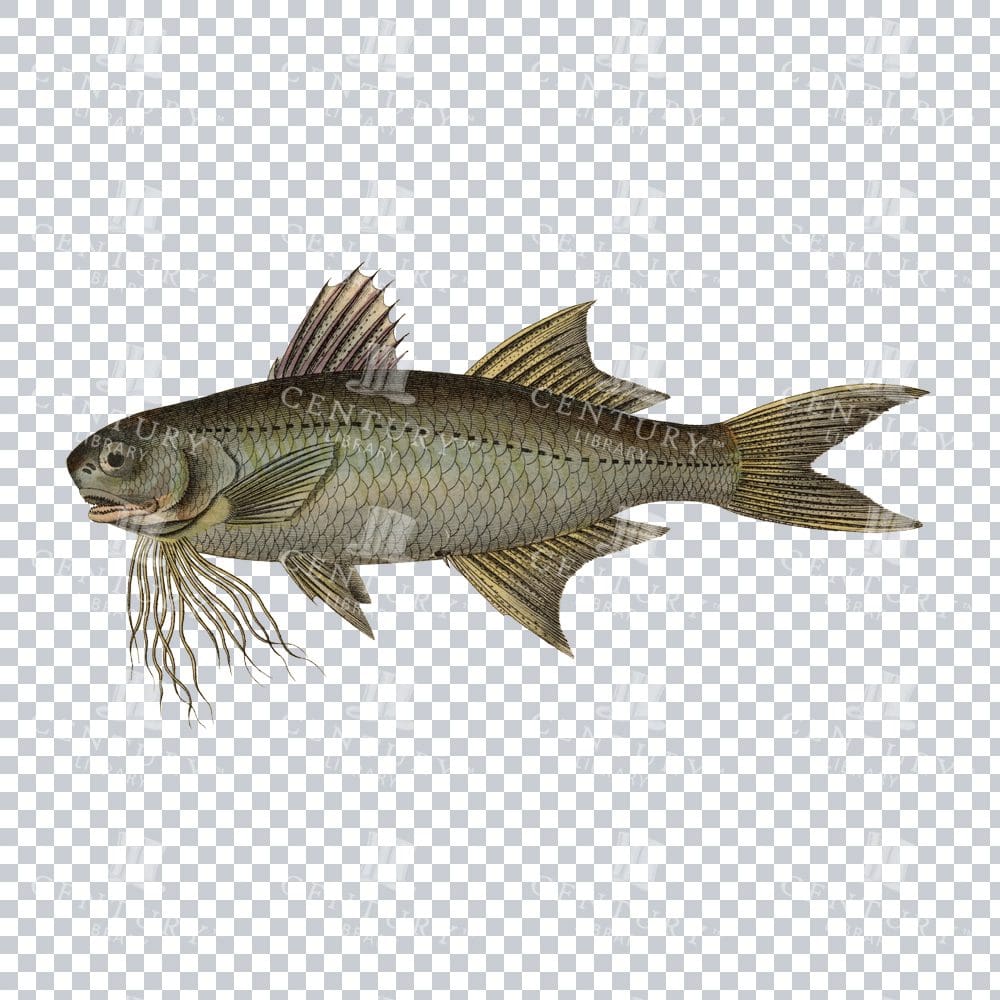


Vintage PNG Full Color Illustration of a Butterfly No.4
- License Info
- Resolution: 1961px x 1323px
Related Images
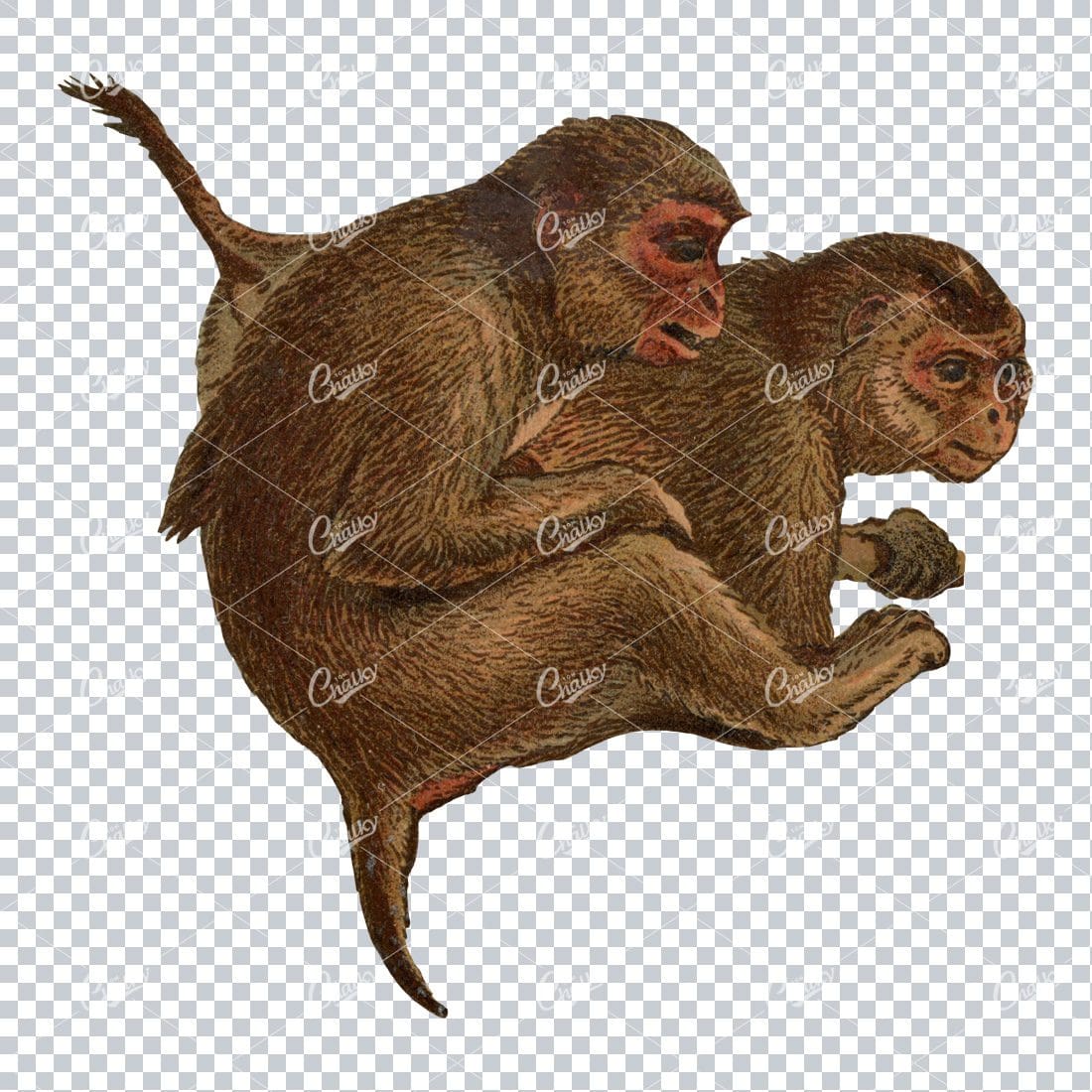

Vintage Full Color PNG Illustration – Monkey No.7
- License Info
- Resolution: 2842px x 2749px
From this collection
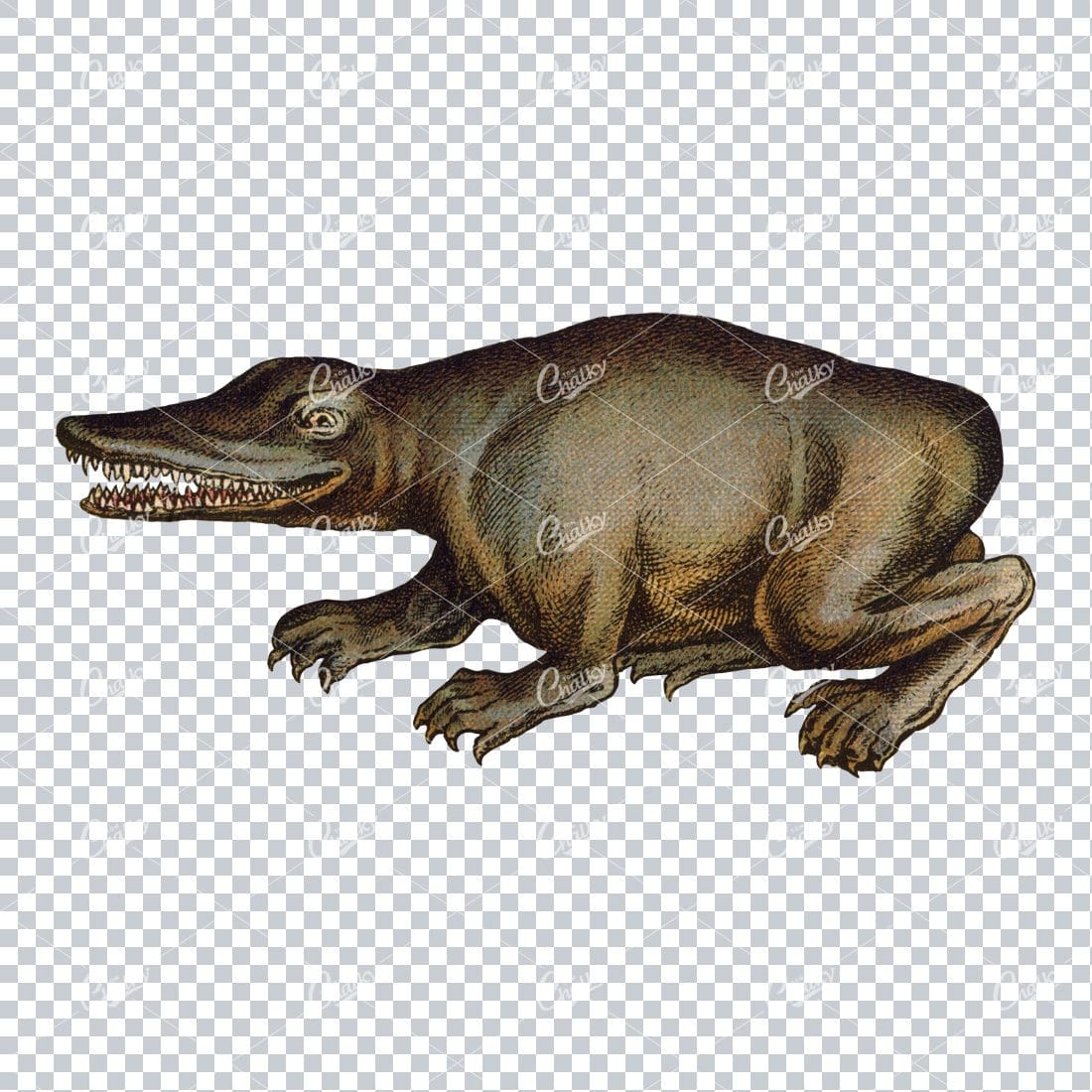

Vintage Full Color Prehistoric Illustration of a Mastadonsaurus Dinosaur
- License Info
- Resolution: 3054px x 1463px
From this collection
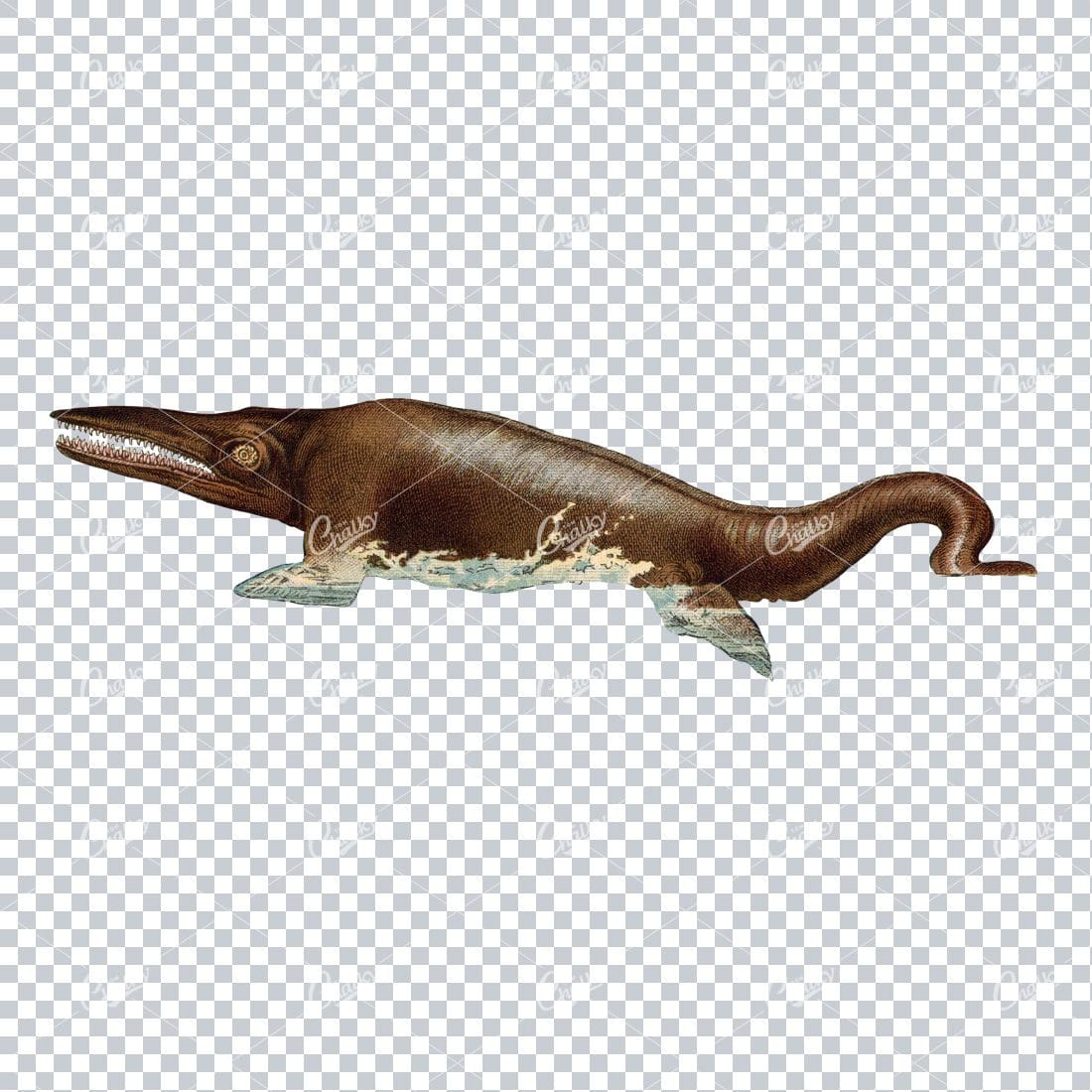

Vintage Prehistoric Color Illustration of an Ichthyosaurus
- License Info
- Resolution: 5686px x 1694px
From this collection
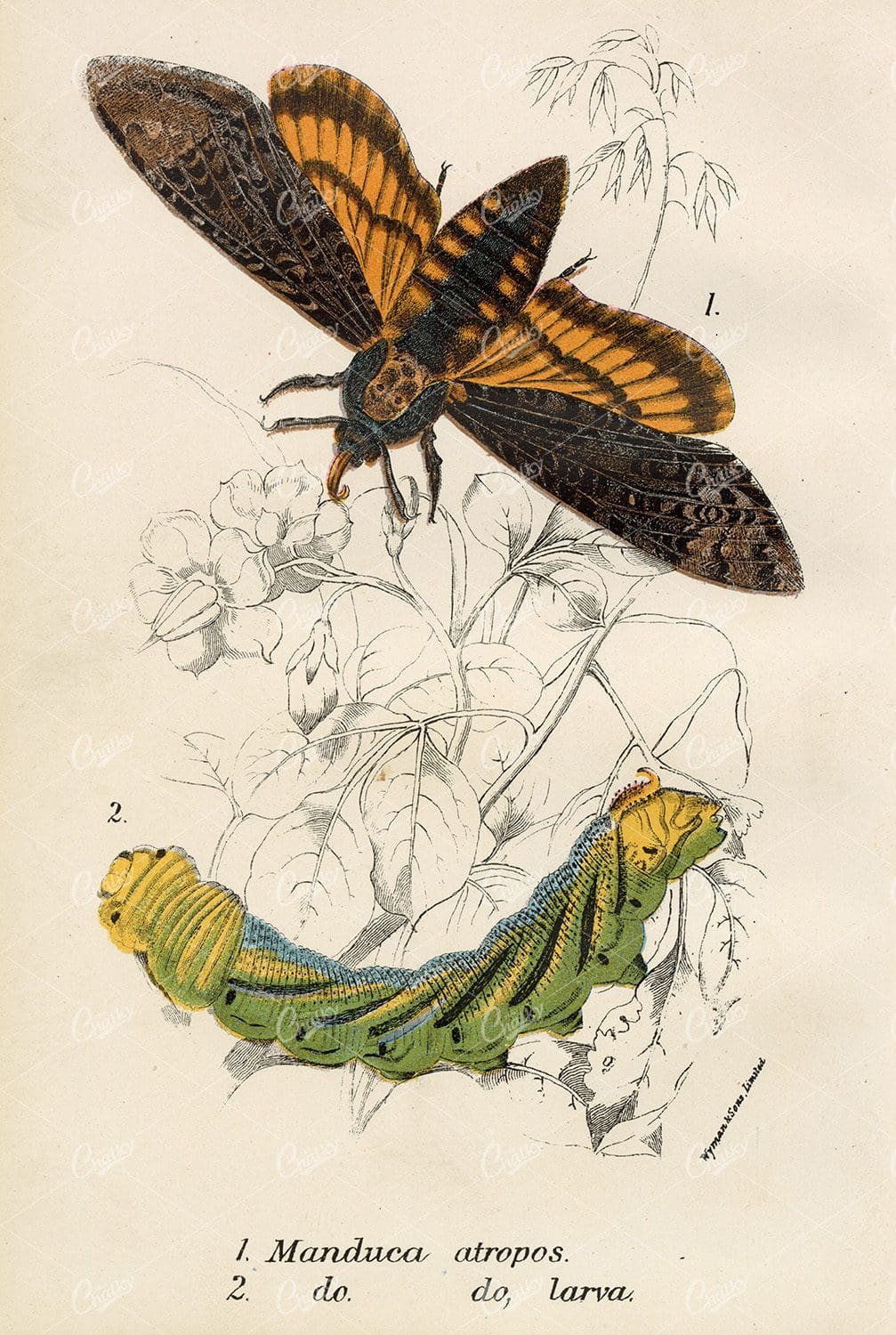

Vintage Coloured Moth and Larva Print – Lloyd’s Natural History
- License Info
- Resolution: 4075px x 6073px
- Year of Print: 1896
- Artist: Edward Lloyd
From this collection
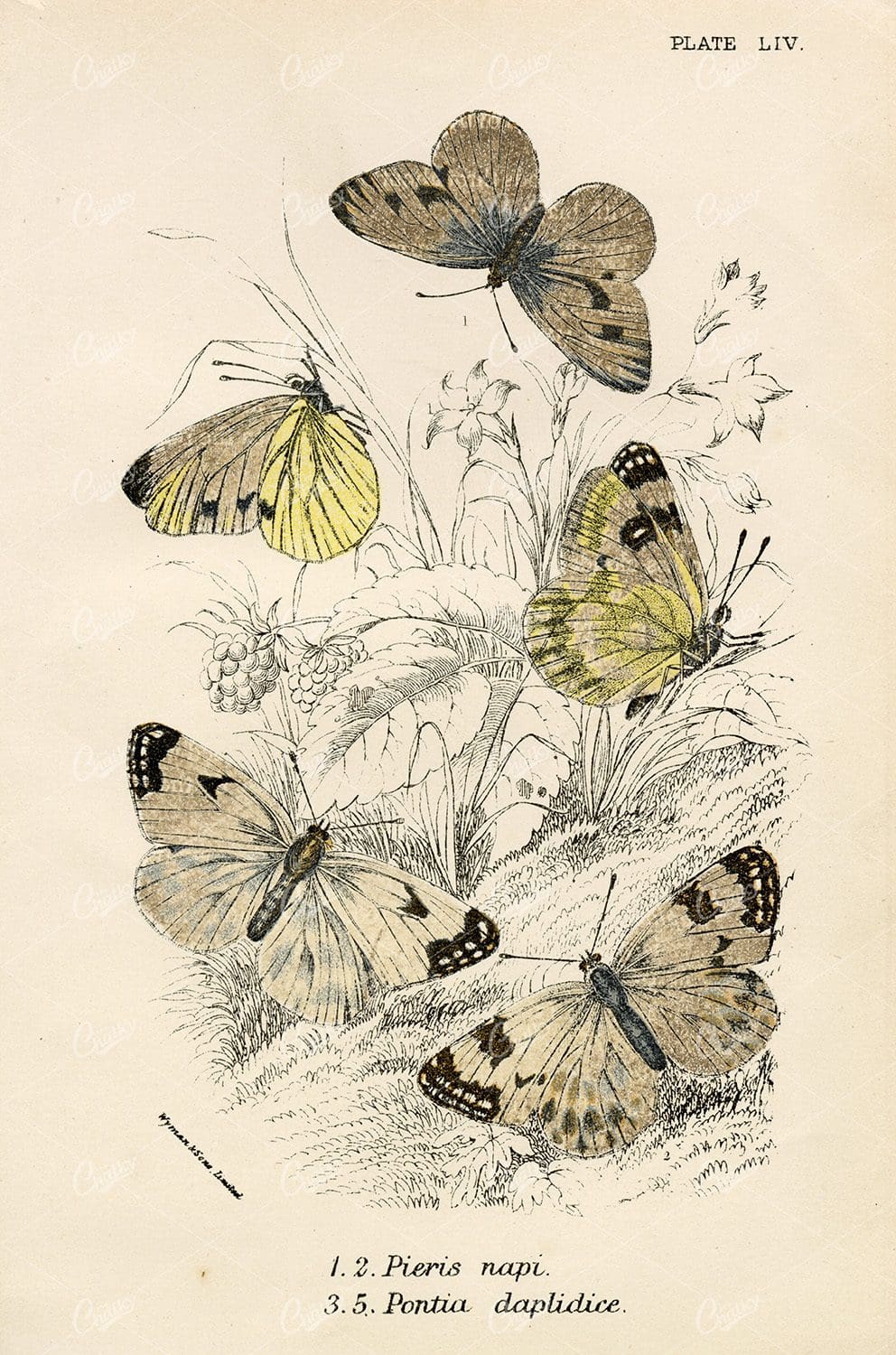

1896 Vintage Coloured Butterfly Print – Lloyd’s Natural History
- License Info
- Resolution: 4126px x 6242px
- Year of Print: 1896
- Artist: Edward Lloyd
From this collection
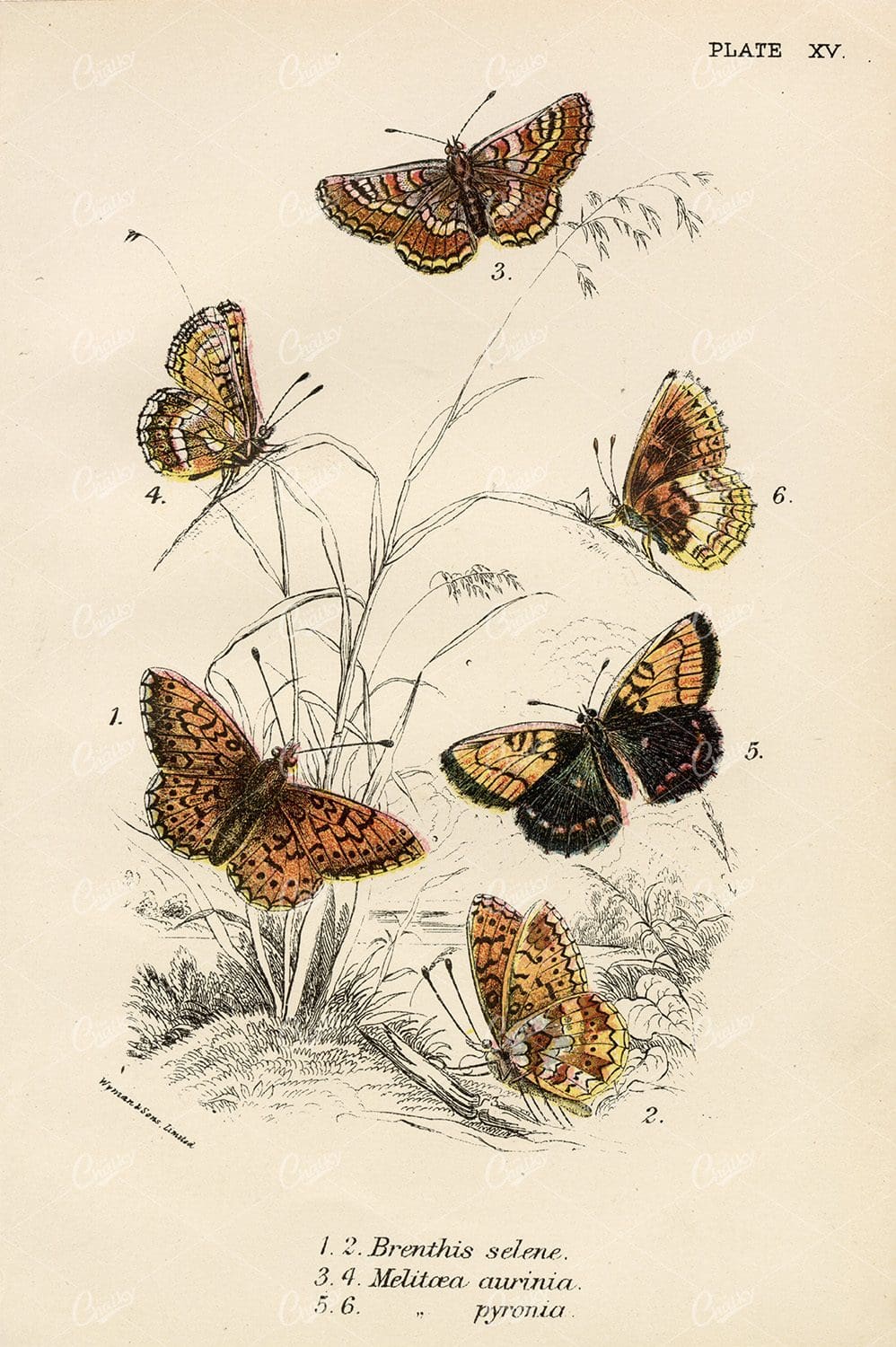

Lloyds Natural History – Coloured Vintage Butterfly Print
- License Info
- Resolution: 4168px x 6263px
- Year of Print: 1896
- Artist: Edward Lloyd
From this collection


Chillingham Cattle Vintage Coloured Print – 1896
- License Info
- Resolution: 6268px x 4131px
- Year of Print: 1896
- Artist: Edward Lloyd
From this collection
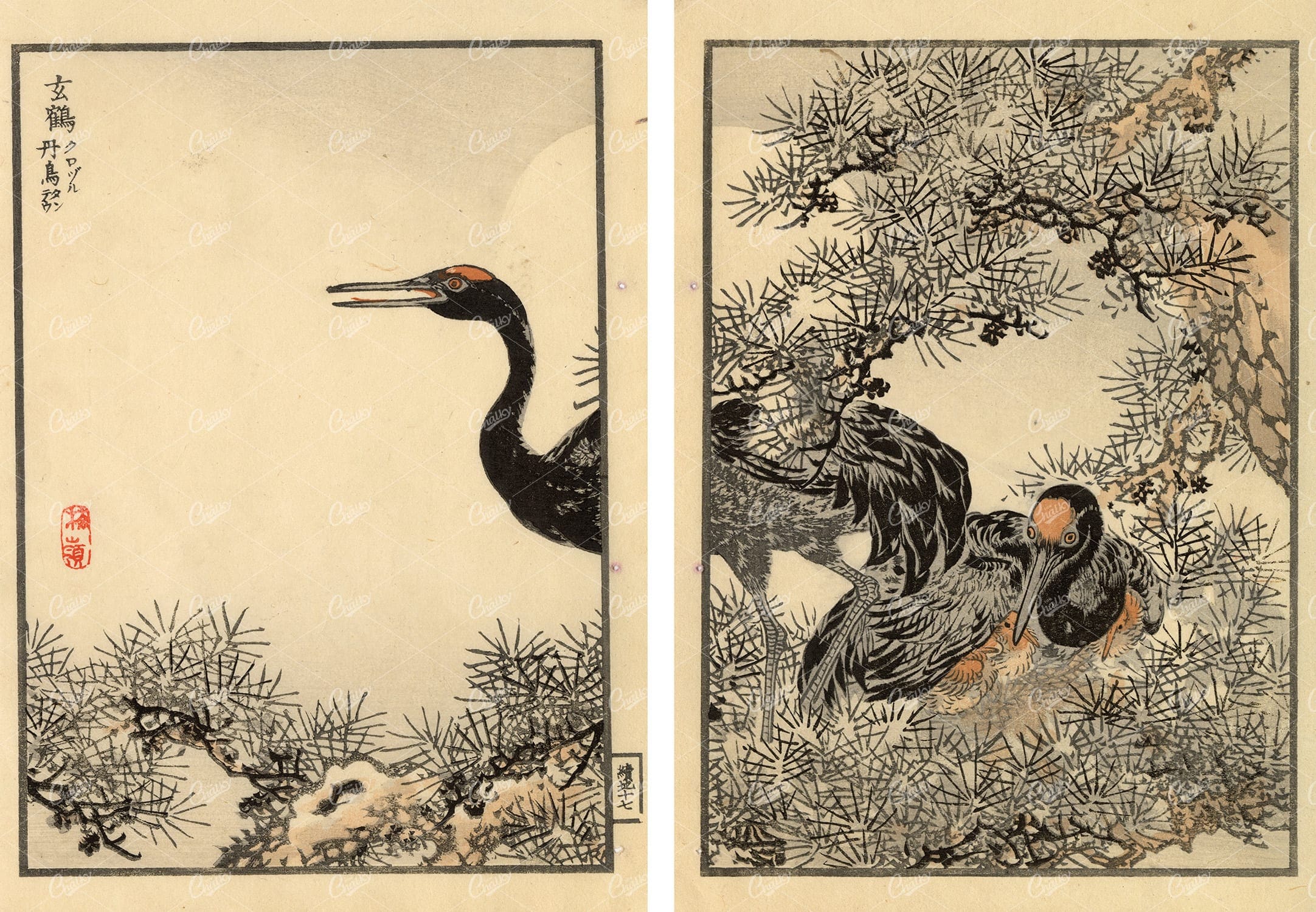

ANTIQUE Original Kono Bairei Woodblock Japanese Prints 1881 Birds
You’re looking at a beautiful piece of Japanese woodblock art from our collection of original 1881 prints by noted artist, Kono Bairei; Created for one of his best-known publications ‘one hundred birds’. Most of the bird species throughout this collection were native to Japan, with a few domesticated and some imported cage birds. Bairei was born and lived in Kyoto. He was apprenticed to the Maruyama printer Nakajima Raiso at the age of eight. He was a pupil of Shijo artist Shiokawa Bunrin and followed the Nanga school tradition. He established the Kyoto Prefectural School of Painting before opening his own studio to students and retiring from teaching.
- License Info
- Resolution: 11582 x 8028
- Year of Print: 1881
- Artist: Kono Bairei
From this collection
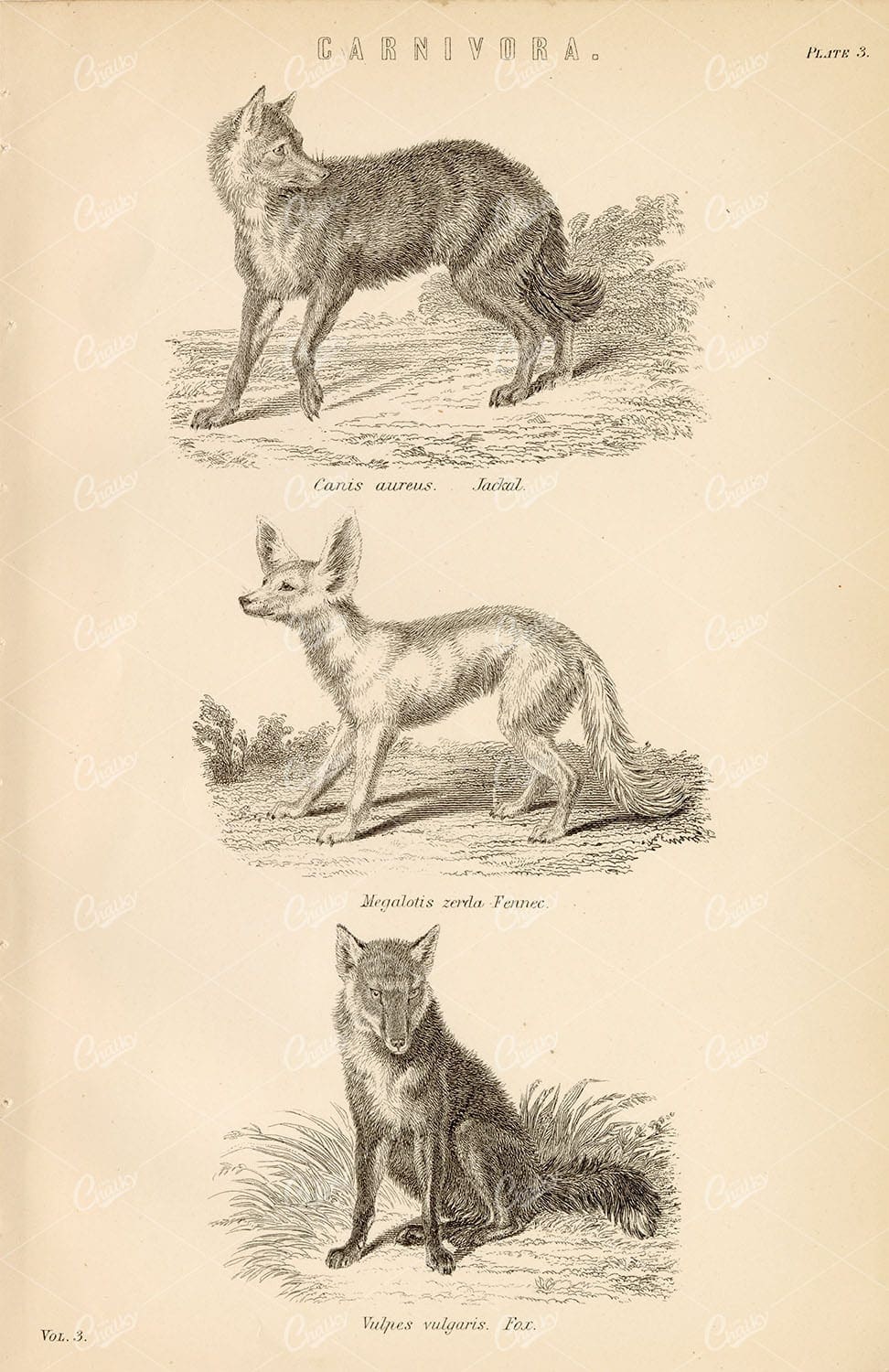

ANIMALS – Carnivora – Jackal, Fennec, Fox. Antique Encyclopaedia Plate
An original Antique Plate scan from the National Encyclopaedia: A Dictionary of Universal Knowledge. Published by William Mackenzie in 1880. Click on the Artist’s name to see the full collection from this series!
- License Info
- Resolution: 5500 x 8600 300dpi
- Year of Print: 1880
- Artist: William Mackenzie
From this collection
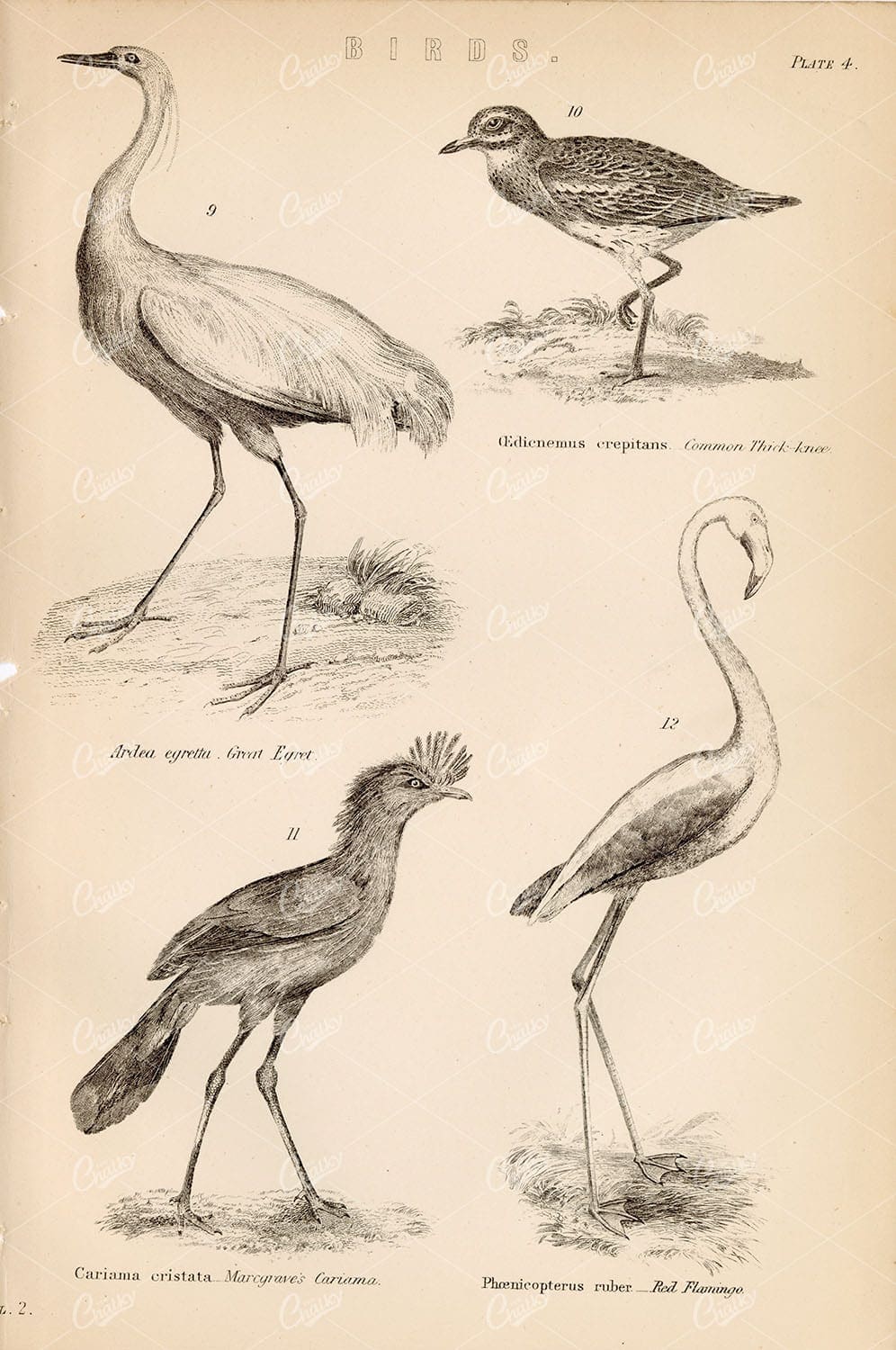

BIRDS – Great Egret, Red Flamingo, Cariama. Antique 1880’s Artwork
An original Antique Plate scan from the National Encyclopaedia: A Dictionary of Universal Knowledge. Published by William Mackenzie in 1880. Click on the Artist’s name to see the full collection from this series!
- License Info
- Resolution: 5500 x 8600 300dpi
- Year of Print: 1880
- Artist: William Mackenzie
From this collection
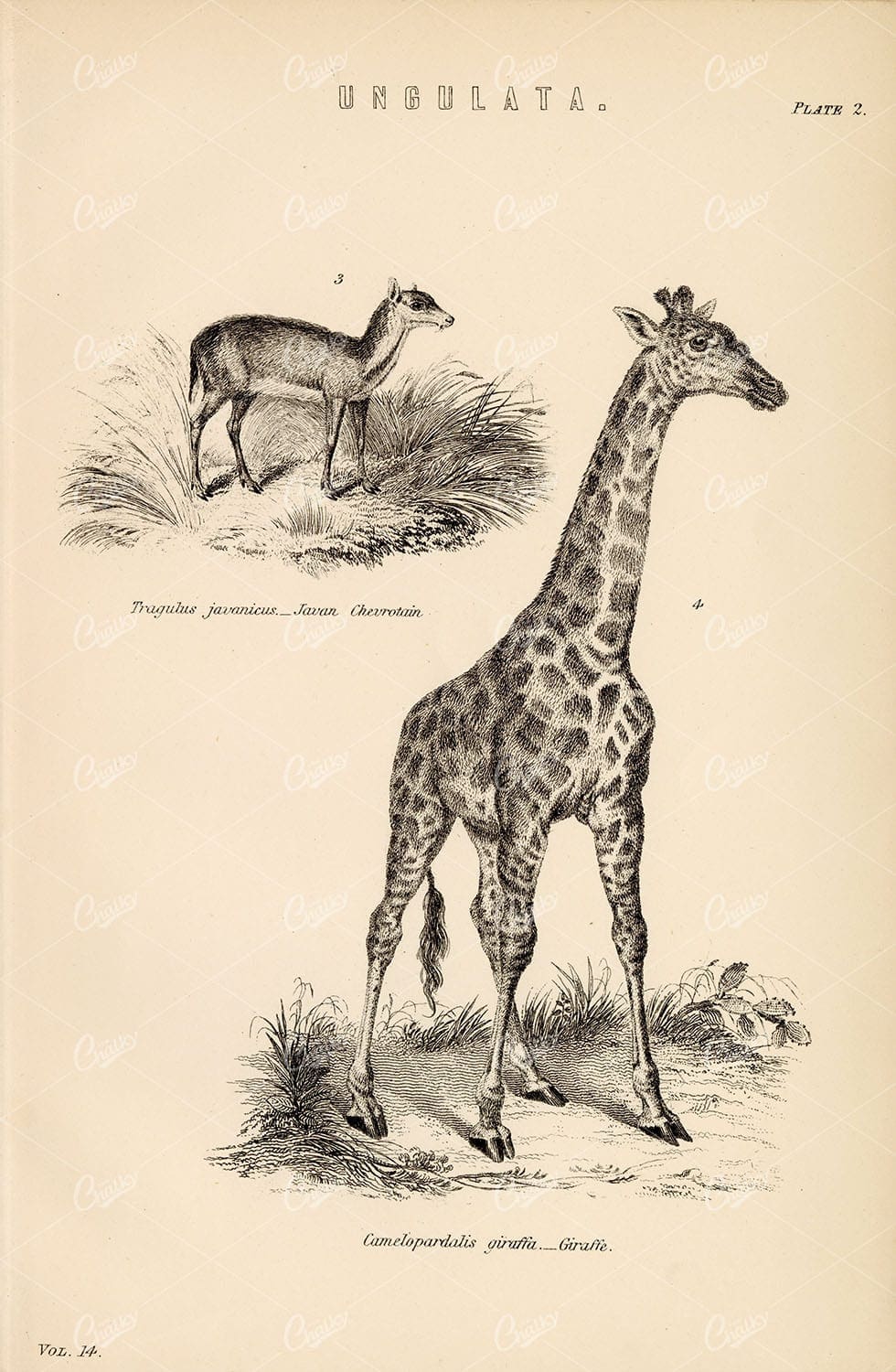

MAMMALS Ungulata – Javan Chevrotain, Giraffe. Antique 1880 Print
An original Antique Plate scan from the National Encyclopaedia: A Dictionary of Universal Knowledge. Published by William Mackenzie in 1880. Click on the Artist’s name to see the full collection from this series!
- License Info
- Resolution: 5500 x 8600 300dpi
- Year of Print: 1880
- Artist: William Mackenzie
From this collection
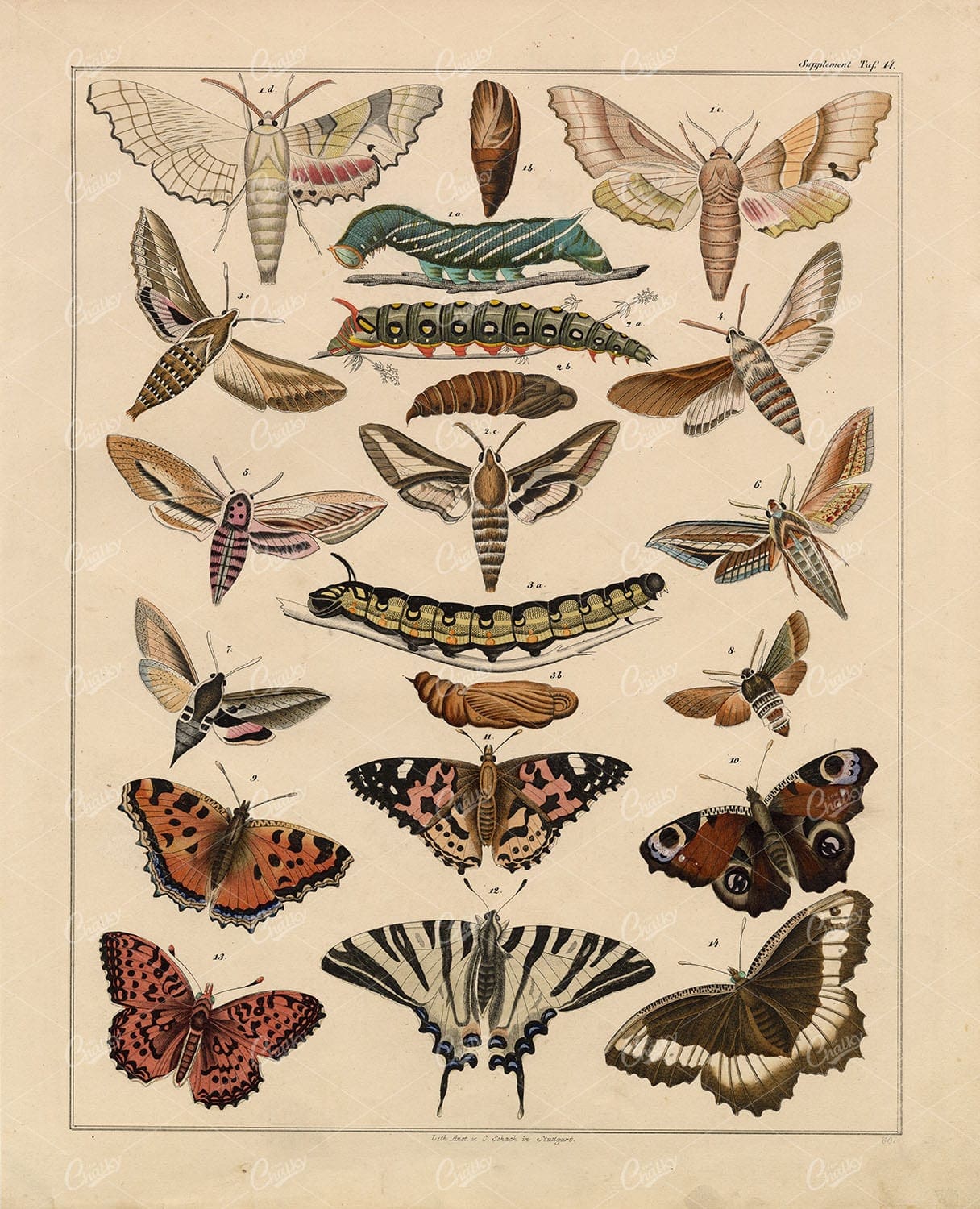

MOTHS and Butterflies – Handcoloured Antique Oken’s Naturgeschichte Art
Original Colour Vintage Print from Lorenz Okenfuss’ ‘Oken’s Naturgeschichte’ (Allgemeine Naturgeschichte für alle Stände), with illustrations by Johann Susemihl (1767-1847), and published in Stuttgart by Hoffman between 1839 and 1841. Lorenz Oken (1 August 1779 – 11 August 1851) was a German naturalist, botanist, biologist, and ornithologist. Oken was born Lorenz Okenfuss (German: Okenfuß) in Bohlsbach (now part of Offenburg), Ortenau, Baden, and studied natural history and medicine at the universities of Freiburg and Würzburg. He went on to the University of Göttingen, where he became a Privatdozent (unsalaried lecturer), and shortened his name to Oken. As Lorenz Oken, he published a small work entitled Grundriss der Naturphilosophie, der Theorie der Sinne, mit der darauf gegründeten Classification der Thiere (1802). This was the first of a series of works which established him as a leader of the movement of “Naturphilosophie” in Germany.
- License Info
- Resolution: 9500 x 11800 300dpi
- Year of Print: 1836
- Artist: Lorenz Oken
- Image Type(s): JPG
From this collection
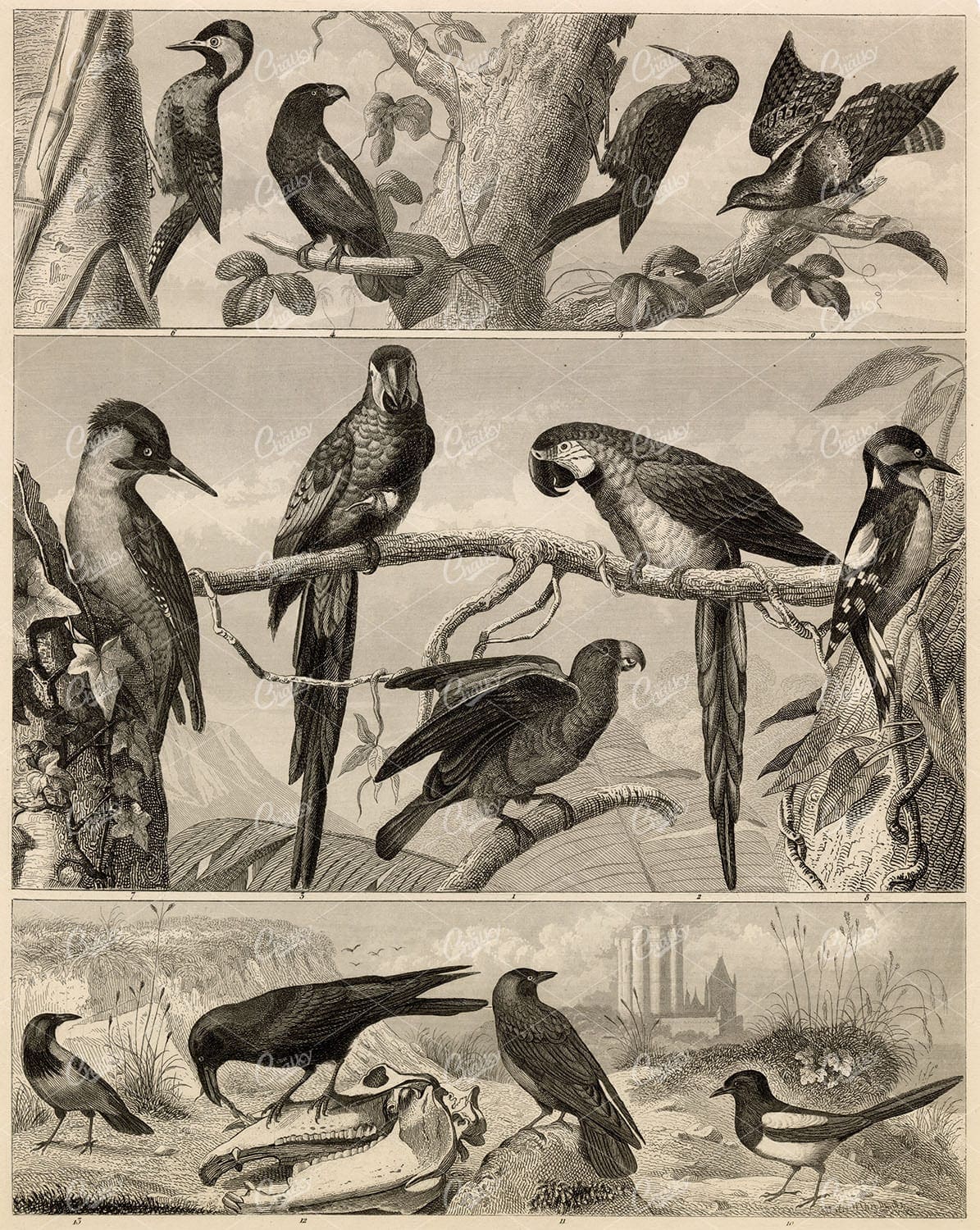

BIRDS – Parrotts, Magpie, Woodpecker – Antique Animal Kingdom Print
You’re looking at a well preserved original plate from Johann Georg Heck’s “Iconographic Encyclopedia of Sciences, Literature and Art” published in 1851 by Rudolphe Garrigue in New York. We were extremely fortunate to acquire the full collection of illustrative prints from the series, which after many months of looking, proved to be very difficult!
- License Info
- Resolution: 7231 x 9076 300dpi
- Year of Print: 1851
- Artist: Johann Georg Heck
From this collection
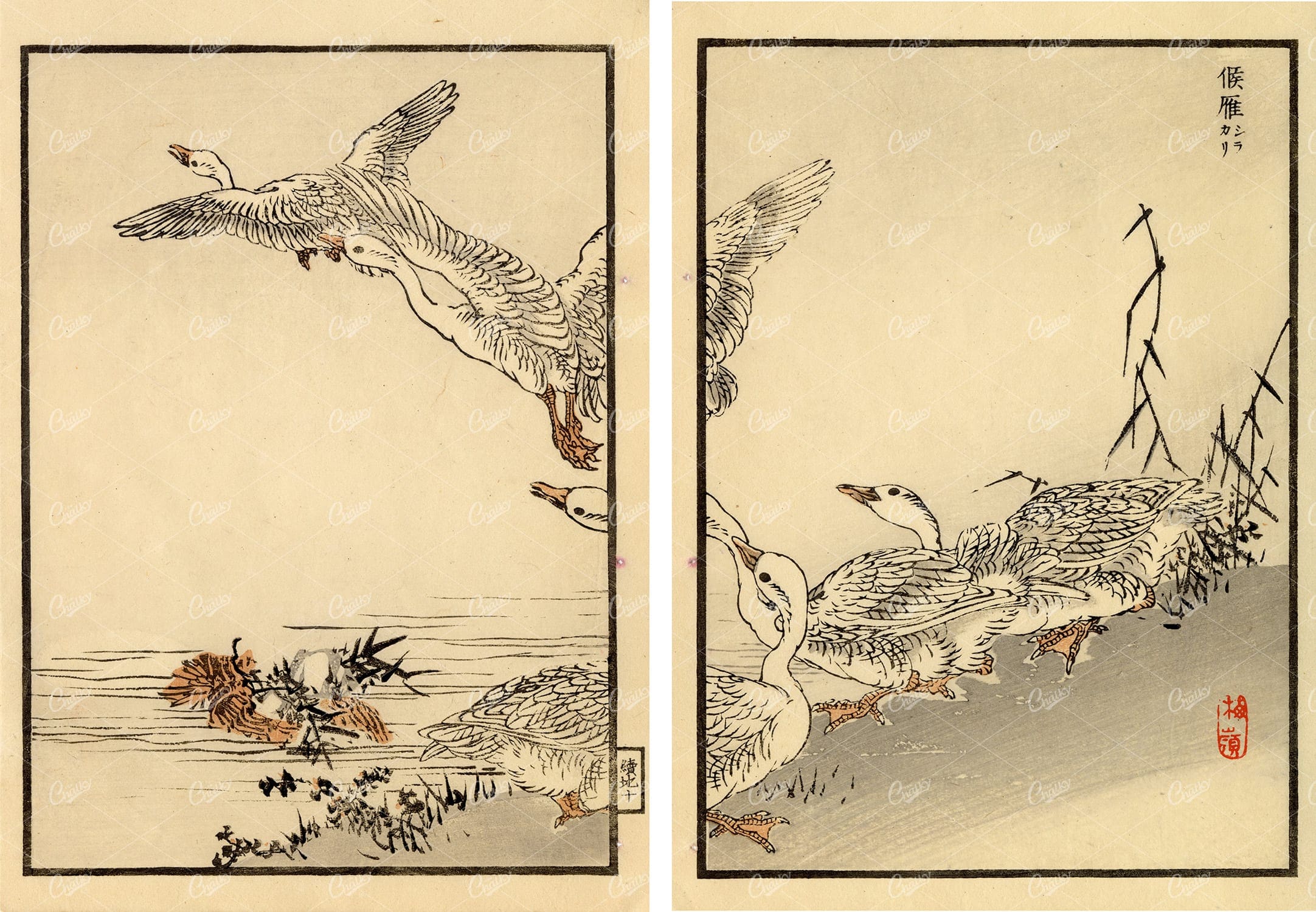

ANTIQUE Original Kono Bairei Woodblock Japanese Prints 1881 Birds Flying
You’re looking at a beautiful piece of Japanese woodblock art from our collection of original 1881 prints by noted artist, Kono Bairei; Created for one of his best-known publications ‘one hundred birds’. Most of the bird species throughout this collection were native to Japan, with a few domesticated and some imported cage birds. Bairei was born and lived in Kyoto. He was apprenticed to the Maruyama printer Nakajima Raiso at the age of eight. He was a pupil of Shijo artist Shiokawa Bunrin and followed the Nanga school tradition. He established the Kyoto Prefectural School of Painting before opening his own studio to students and retiring from teaching.
- License Info
- Resolution: 11582 x 8028
- Year of Print: 1881
- Artist: Kono Bairei
From this collection
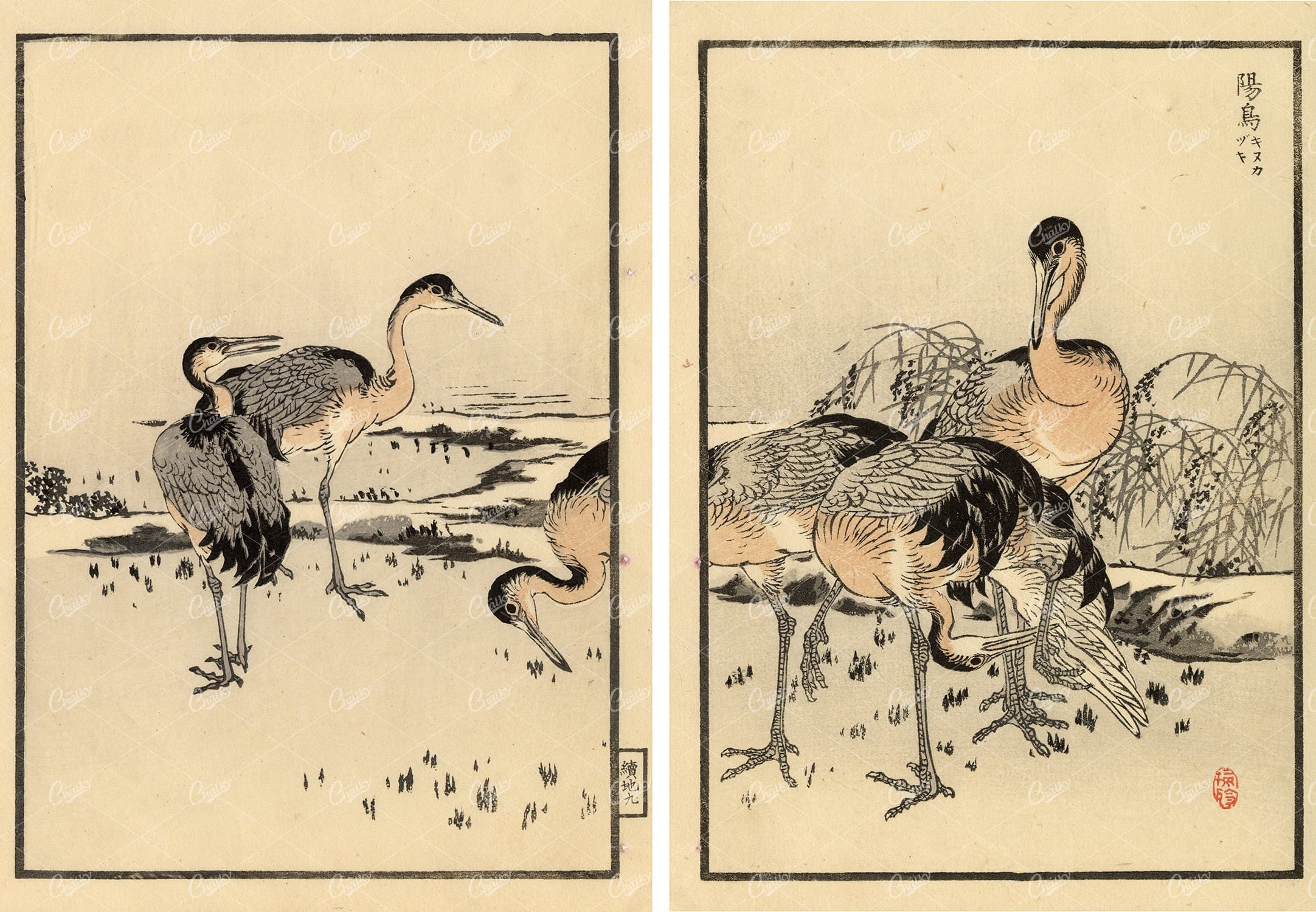

ANTIQUE Original Kono Bairei Woodblock Japanese Prints 1881 Cranes
You’re looking at a beautiful piece of Japanese woodblock art from our collection of original 1881 prints by noted artist, Kono Bairei; Created for one of his best-known publications ‘one hundred birds’. Most of the bird species throughout this collection were native to Japan, with a few domesticated and some imported cage birds. Bairei was born and lived in Kyoto. He was apprenticed to the Maruyama printer Nakajima Raiso at the age of eight. He was a pupil of Shijo artist Shiokawa Bunrin and followed the Nanga school tradition. He established the Kyoto Prefectural School of Painting before opening his own studio to students and retiring from teaching.
- License Info
- Resolution: 11582 x 8028
- Year of Print: 1881
- Artist: Kono Bairei
From this collection
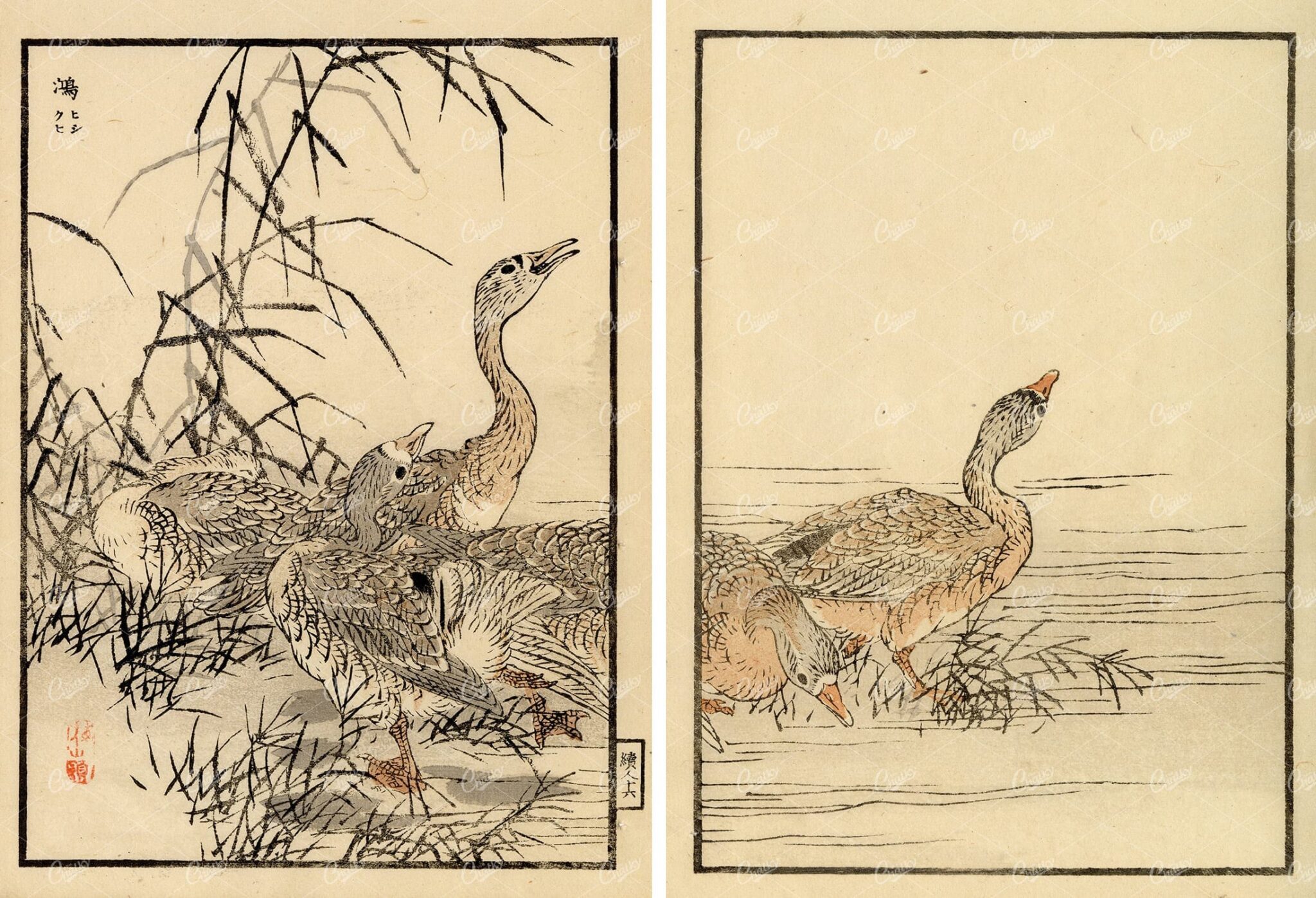

ANTIQUE Original Kono Bairei Wood Block Japanese Art Prints 1881 Ducks
You’re looking at a beautiful piece of Japanese woodblock art from our collection of original 1881 prints by noted artist, Kono Bairei; Created for one of his best-known publications ‘one hundred birds’. Most of the bird species throughout this collection were native to Japan, with a few domesticated and some imported cage birds. Bairei was born and lived in Kyoto. He was apprenticed to the Maruyama printer Nakajima Raiso at the age of eight. He was a pupil of Shijo artist Shiokawa Bunrin and followed the Nanga school tradition. He established the Kyoto Prefectural School of Painting before opening his own studio to students and retiring from teaching.
- License Info
- Resolution: 11582 x 7905
- Year of Print: 1881
- Artist: Kono Bairei
From this collection
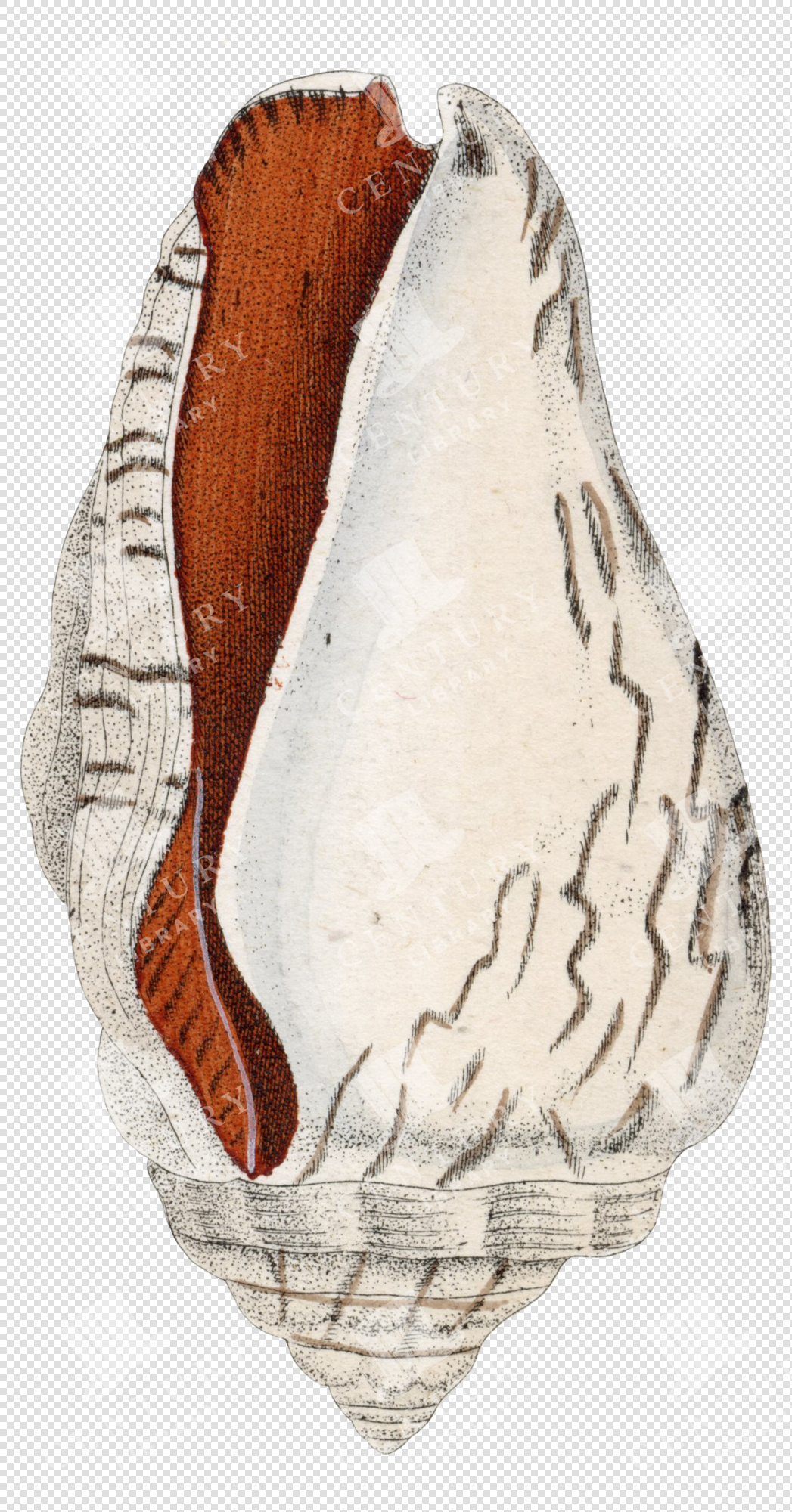

Antique White and Red Marine Shell Illustration with Textured Surface – Transparent PNG
This vintage sea shell illustration was carefully isolated from a hand-colored engraving published in the mid-1800s. Part of a detailed natural history collection, it showcases the intricate textures and rich tones typical of 19th-century scientific illustration. Perfect for collage, print, or digital design work, this transparent PNG retains the charm and precision of antique artwork while offering modern usability.
- Image Type(s): PNG
- antique shell
- beachcomber art
- bivalve shell
- coastal shell
- conch shell
- hand-colored shell
- historic shell
- marine biology
- marine shell
- mollusk shell
- Natural History
- ocean shell
- ocean specimen
- scientific illustration
- sea life illustration
- Sea Shell
- seashell PNG
- seashell study
- shell artwork
- shell chart
- shell cutout
- shell decor
- shell drawing
- shell engraving
- shell graphic
- shell illustration
- shell specimen
- shell taxonomy
- spiral shell
- Victorian shell
From this collection


Antique Spiral Shell Illustration with Textured Beige Surface and Cracked Pattern – Transparent PNG
This vintage sea shell illustration was carefully isolated from a hand-colored engraving published in the mid-1800s. Part of a detailed natural history collection, it showcases the intricate textures and rich tones typical of 19th-century scientific illustration. Perfect for collage, print, or digital design work, this transparent PNG retains the charm and precision of antique artwork while offering modern usability.
- Image Type(s): PNG
- antique shell
- beachcomber art
- bivalve shell
- burlap
- coastal shell
- conch shell
- hand-colored shell
- historic shell
- marine biology
- marine shell
- mollusk shell
- Natural History
- ocean shell
- ocean specimen
- scientific illustration
- sea life illustration
- Sea Shell
- seashell PNG
- seashell study
- shell artwork
- shell chart
- shell cutout
- shell decor
- shell drawing
- shell engraving
- shell graphic
- shell illustration
- shell specimen
- shell taxonomy
- spiral shell
- Victorian shell
From this collection


Cream Moth With Crimson-Banded Wing Detail
- License Info
- Image Type(s): PNG
From this collection
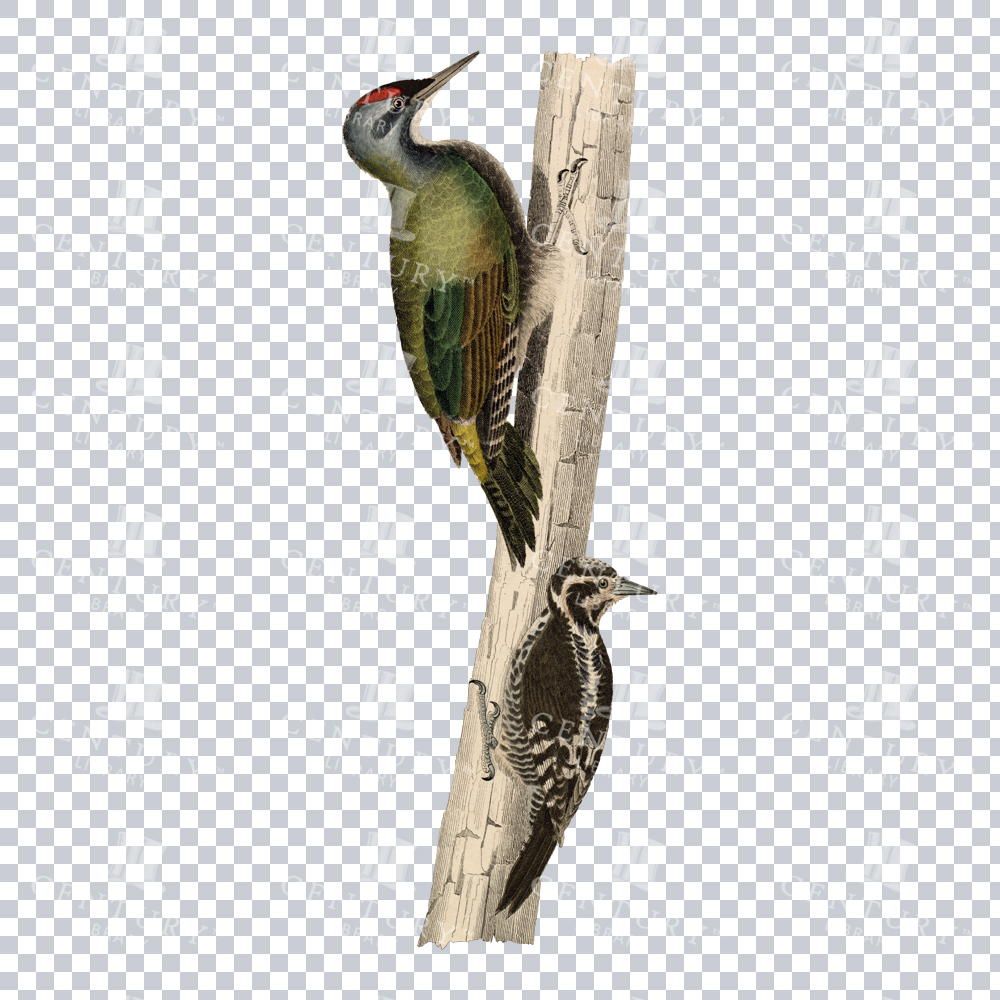

Restored Vintage Color Illustration of Two Species of Woodpecker Perched on a Tree Trunk
- Resolution: 2607 × 7417
- Image Type(s): PNG
From this collection
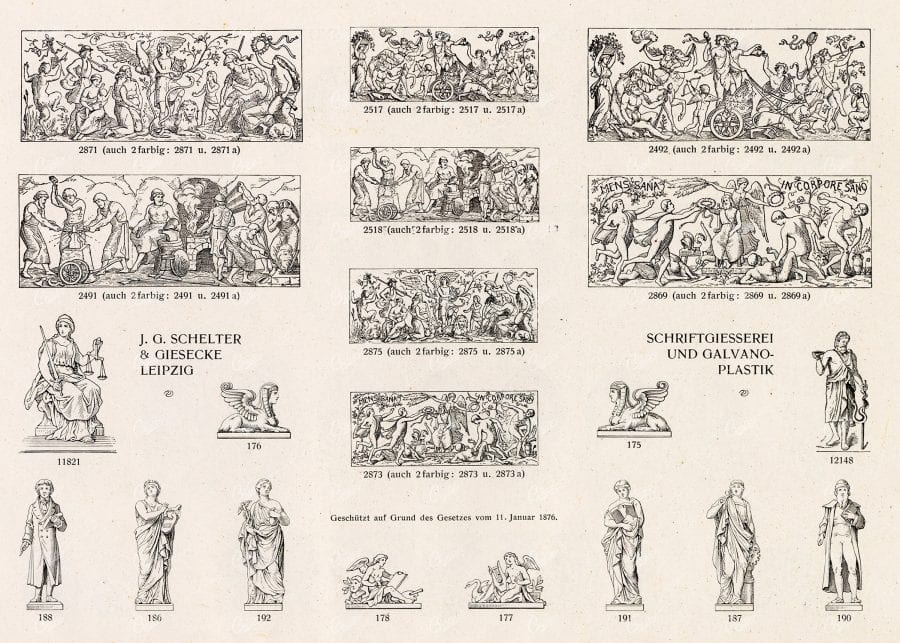
Support the Library
Our supporters and members help us continue collecting and restoring these wonderful pieces of art for the modern creator
Unlock Everything and Become a Member!
While a lot of the library is available for free, some is kept behind closed dusty doors only to be accessed by our lovely members.
